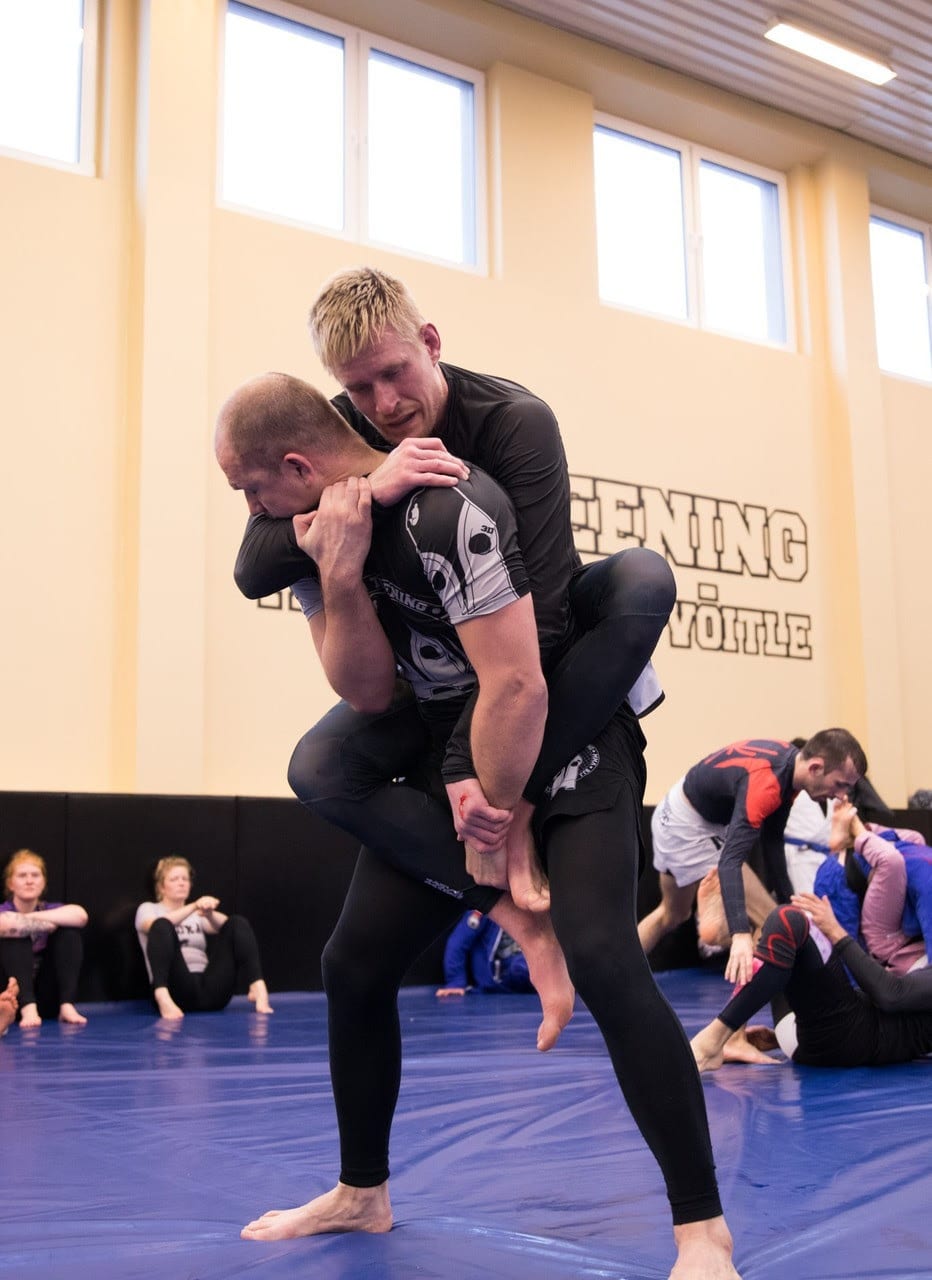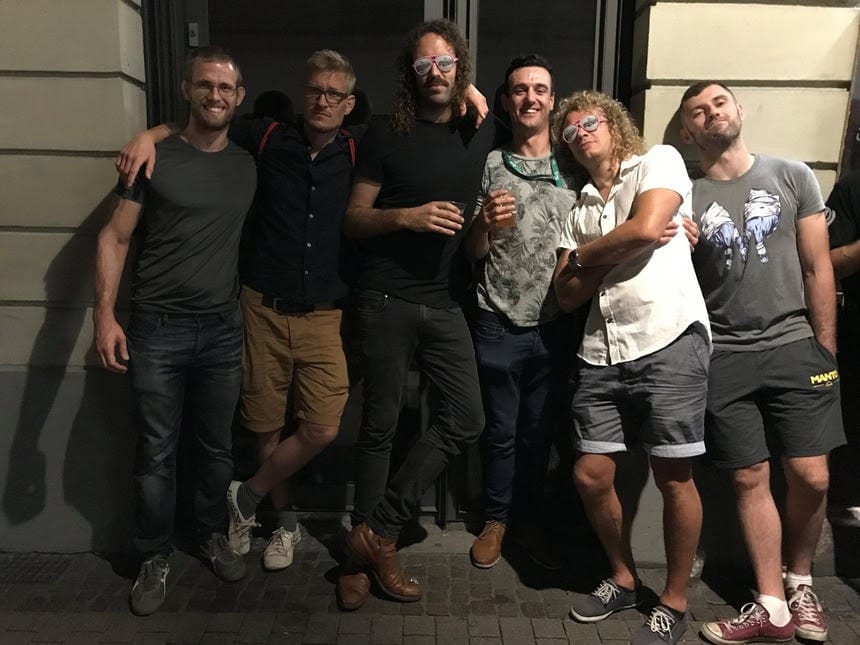Featured Traveller: Cristiana Theodoli – BJJ Globetrotters
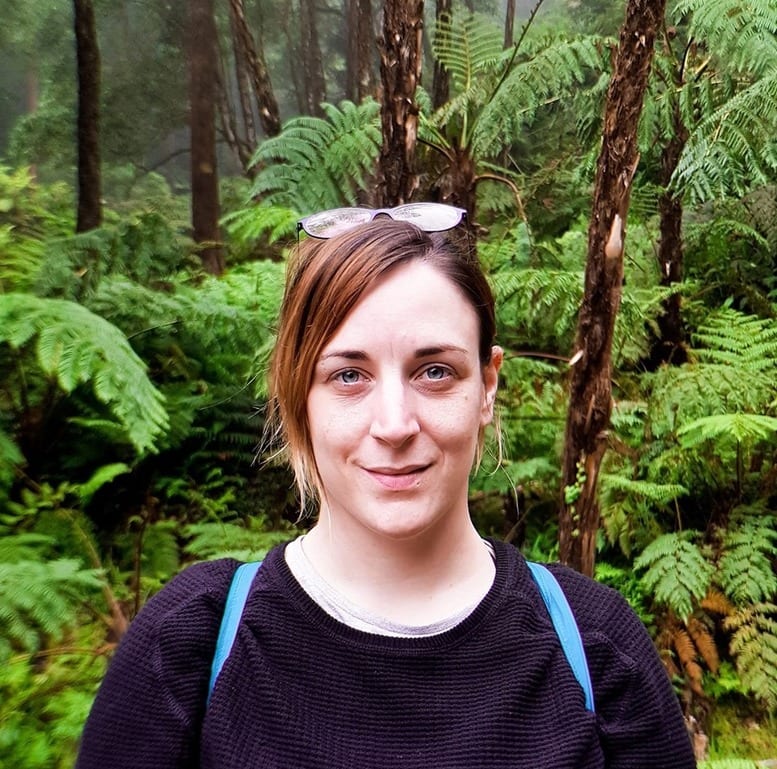
Cristiana Theodoli BJJ
Age: 33
Belt: Blue
Profession: I’m a nurse. I work in an Emergency Department in Glasgow which covers the city centre, and the east and north of the city. It’s physically, mentally, and emotionally challenging, but I love it.
How many years in BJJ: I’ve been training Jiu Jitsu for about 7 years now. The first couple of years I used to train 5 or 6 times a week, but in the last few years I unfortunately only manage maybe once or twice.
Other martial arts: I first started training at an MMA gym, so I did a little boxing, a little Muay Thai, and a little wrestling. Those days are long gone though!
Where do you live: I live in Glasgow, Scotland.
Where are you originally from: I’m Italian, but I grew up in Lugano, Switzerland. I became Swiss as well when I was 17, but I’ve been Italian my whole life. Culturally, I’m probably more Swiss than Italian, and some days I feel more Italian, some days more Swiss. It’s complicated.
Any other fun or curious information you’d like to share: Before being a nurse, I studied and qualified as a journalist. For a year, I worked as a crime reporter and spent my time either sitting in a courtroom or staking out criminals.
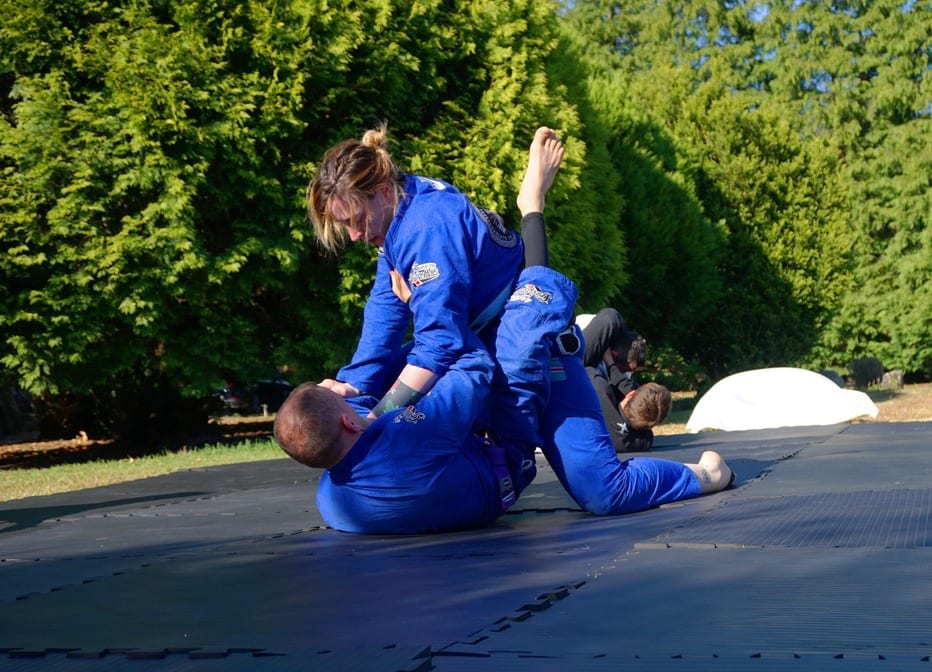
Cristiana Theodoli BJJ
Tell us what inspired you to travel and train?
I’ve always loved traveling, and when I started training I brought my gi along with me to Rome while visiting my grandmother. There I had a great experience as a raw white belt going along and being welcomed by the team. That first experience made me want to read Christian’s book, “The BJJ Globetrotter”. It was 2013, and around the time my partner Giles and I started seeing each other, so when booking our first holiday as a couple I thought, “Why not a training holiday in Copenhagen?”. I messaged Christian and we went to train at CSA for a week. Christian then adopted us – as he does with all the weird and wonderful characters he comes across – and the rest is history!
Tell us about your most recent trip and your upcoming trips – where have you been and where are you going?
In the past couple of years, most of my travels – others than going home – have been camp related. Going to BJJ Globetrotters camps has allowed me to visit cities I’d never been to before, like Reykjavik, Warsaw, Porto, and Heidelberg, and live through jaw-dropping experiences like rolling on a terrace in a 15th-century abbey, or watching the sunset from a beautiful, state-of-the-art dojo at the top of a replica Japanese village in the Polish countryside.
The thing about camps is, they’re addictive. You meet amazing people and share an amazing experience with them, so you then look forward to replicating this experience over and over again. As I’m writing this, I’m on a flight to Germany heading to this year’s Summer Camp. There I’ll catch up with 60 friends from around the world and meet some more out of the 300 participants. You don’t get this sort of connection and big party atmosphere anywhere else!
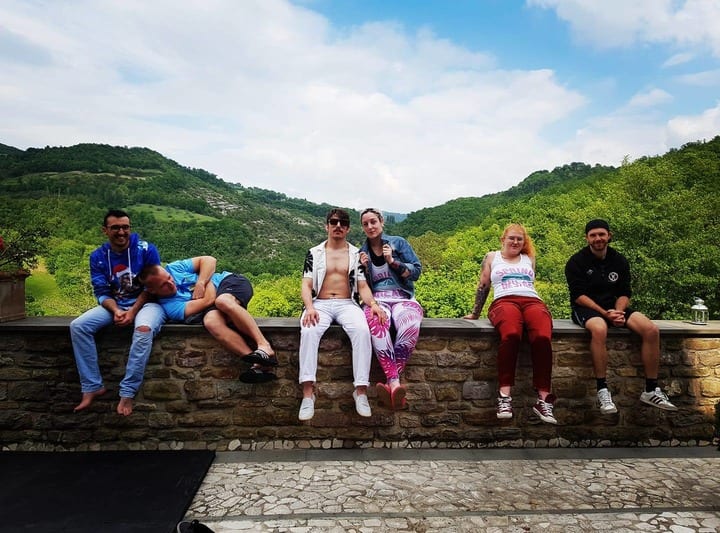
What are the things you enjoy about traveling?
I love trying new foods, seeing new places, and learning about different cultures. Every time I visit a new place, I’m in awe at how varied and beautiful our world is, and yet how similar we all are when it comes down to it.
Can you give us some examples of experiences you had that makes it worth traveling and training?
The best thing is really the connections we make, as well as knowing that wherever I go I will always find a welcoming family. We’ve also had loads of people come to stay with us in Glasgow – both people we knew from previous travels and people we’d never met before, so as well as being able to visit amazing places around the world, I’m also getting a little snapshot of other people’s travels when they stay with us. Like a ray of sunshine cutting through Glasgow’s dreich weather.
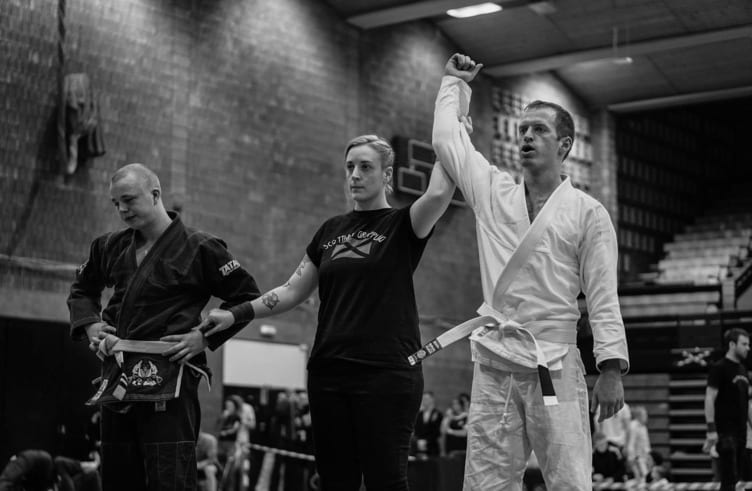
Cristiana Theodoli BJJ
What has so far been the most surprising experience for you when traveling?
I think the most surprising thing is actually how easy it is for the Globetrotters community to go along with random ideas or spontaneous plans. After the recent camp in Portugal, three of us went and spent a few amazing days on the Azores islands – a trip born out of a simple question crossing oceans via messenger: “Does anyone fancy doing something for a few days after the camp?”. This is a small example, but the list of unusual and amazing experiences is long. Over the past few years, I’ve rolled on a mini football pitch in Italy as well as in a 15th-century Italian church. I helped organise a wedding in Germany, attended late night salsa lessons in Poland, and took part in a medieval murder mystery in a Portuguese castle. The memories I have of the time spent at camps are made all the better by just how game the community is.
Are you a budget traveller – and if so how do you plan for a cheap trip?
I’m a comfortable traveler. I don’t really drink or go out shopping or partying, so my outgoings while on holiday are really just food and postcards, with the odd museum or monument tour thrown in. I travel light and only ever bring hand luggage, saving on flights cost and time spent in airports, but I do tend to book Airbnbs or private rooms, as I’m an introvert and like to make sure I have some peace and quiet in between all the madness (and a washing machine!).
If you were to pass on travel advice to your fellow Globetrotters, what would it be?
My best advice is: always be up for trying new things, and don’t take life too seriously. The BJJ community is great, and there are some really interesting, welcoming, and funny people sharing our passion, so go out there and meet them.
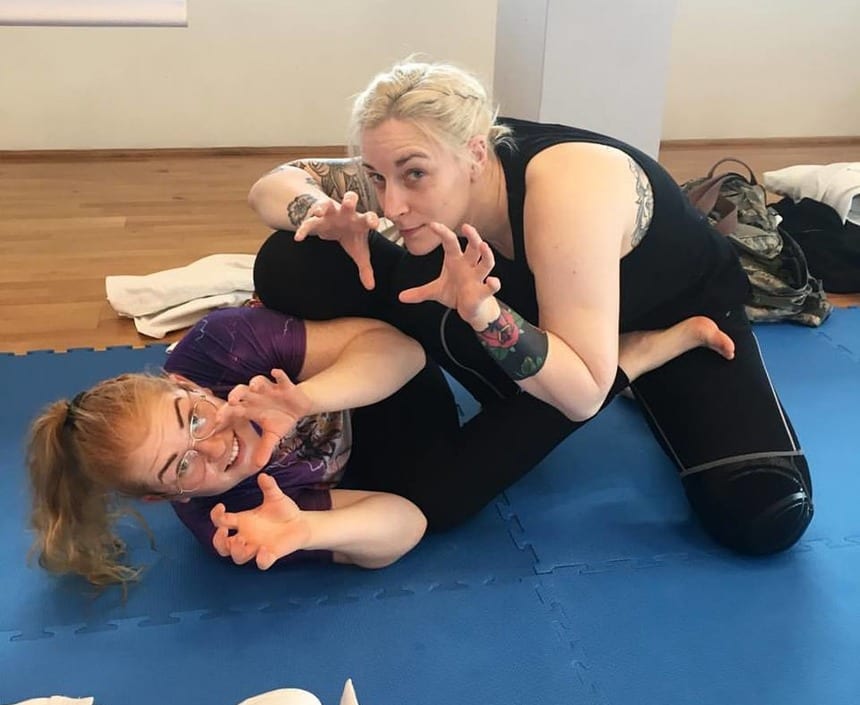
A big thanks to Cristiana Theodoli BJJ Globetrotters for doing this interview

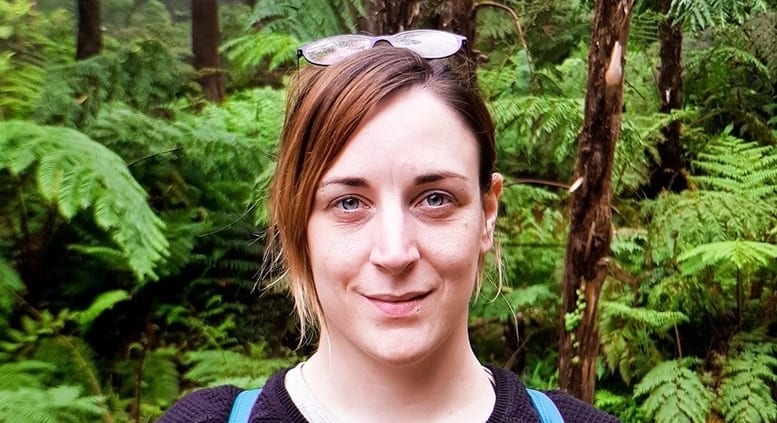
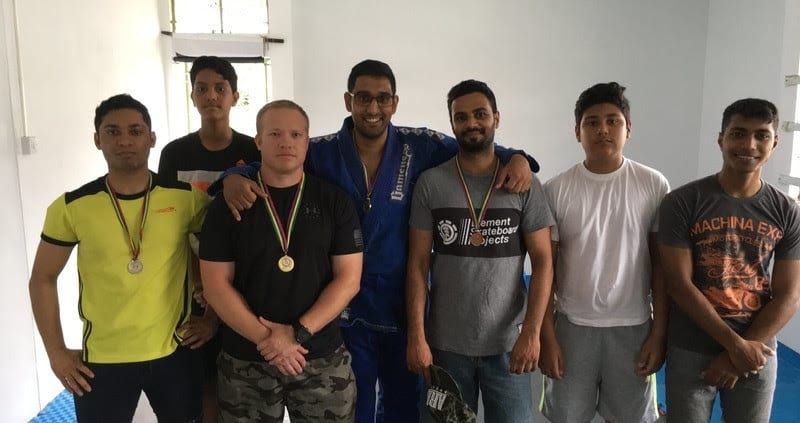

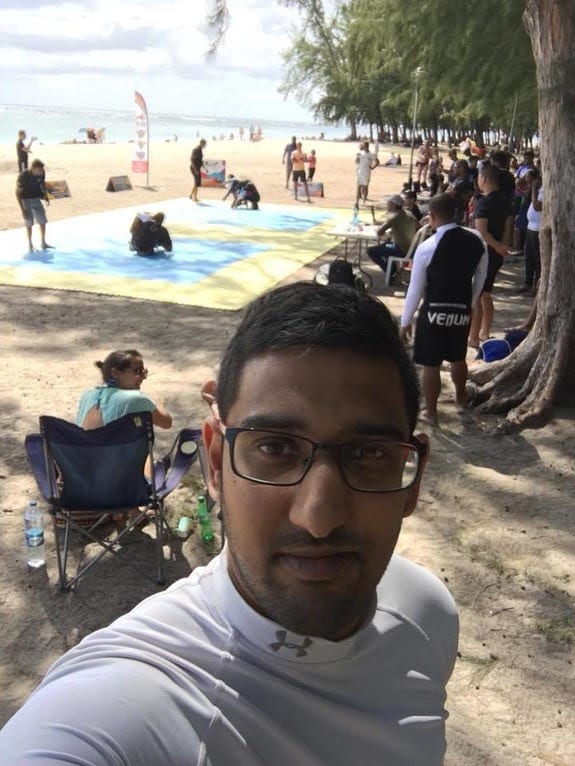
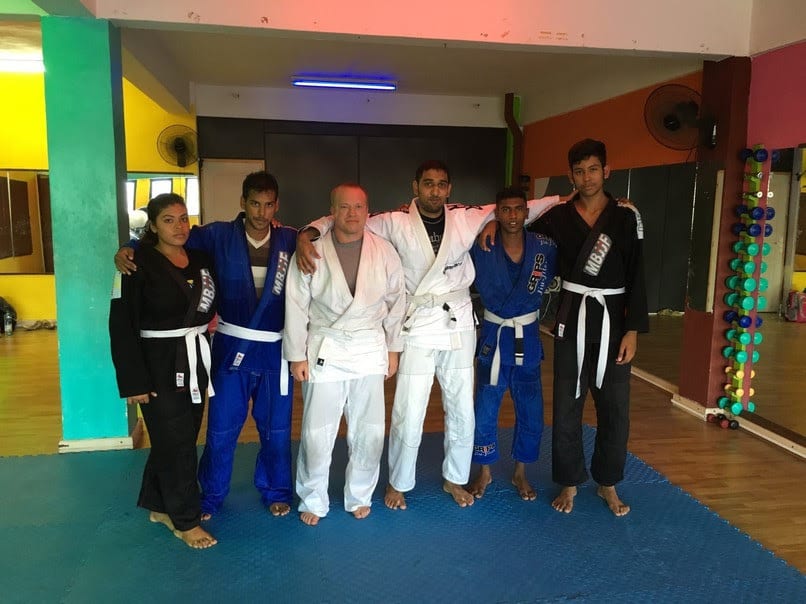
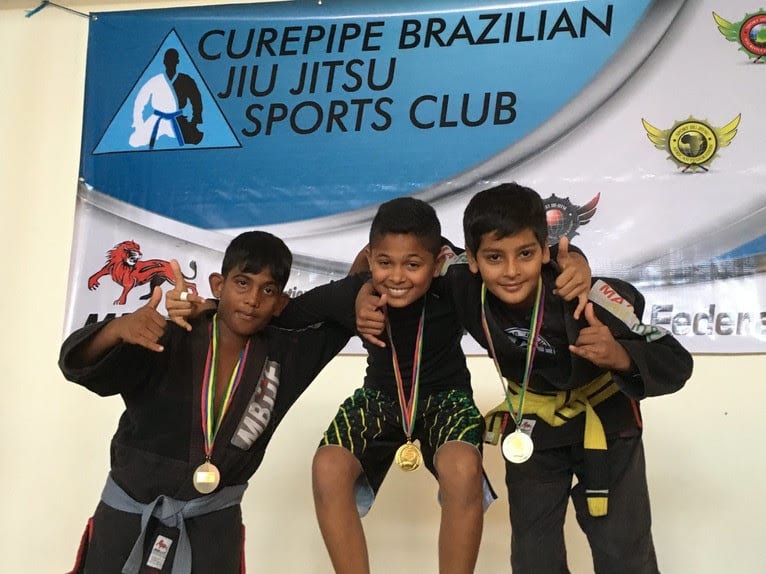
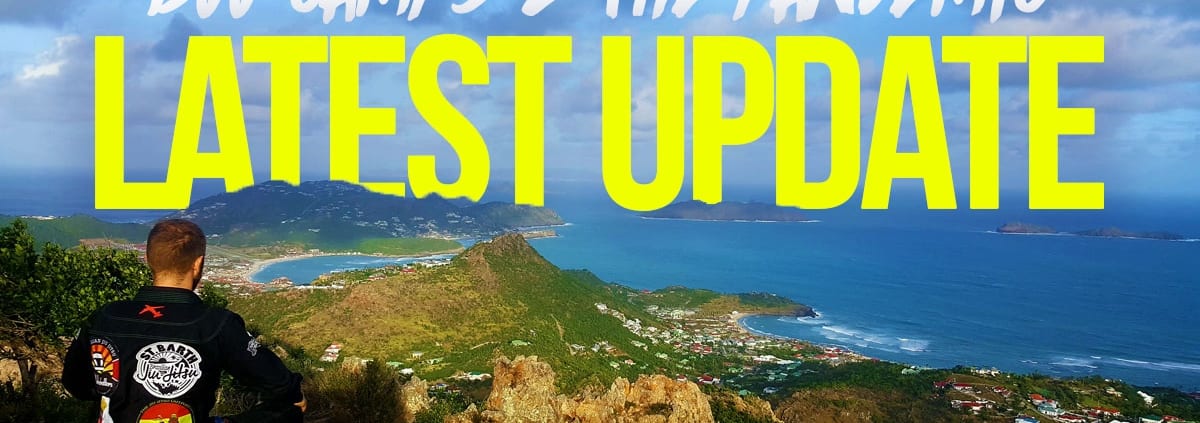
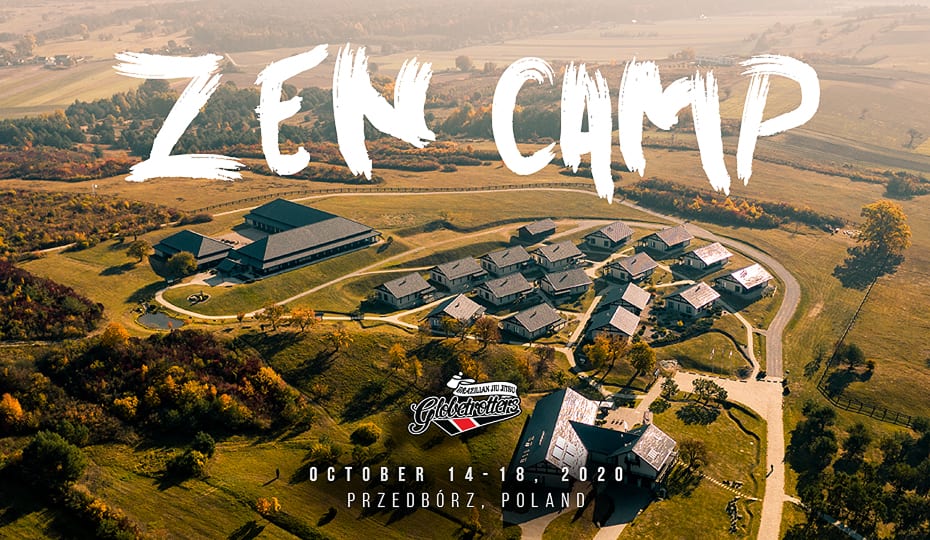




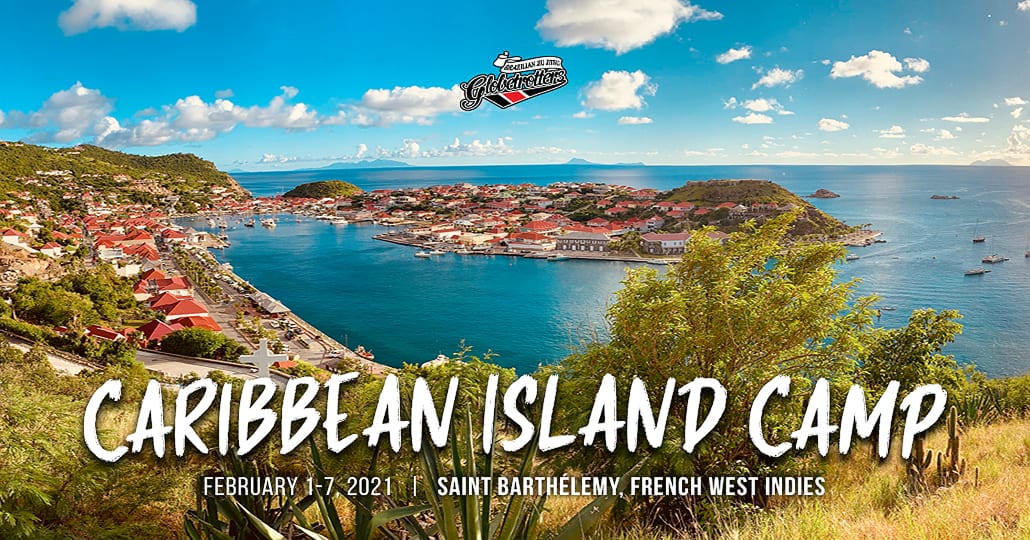
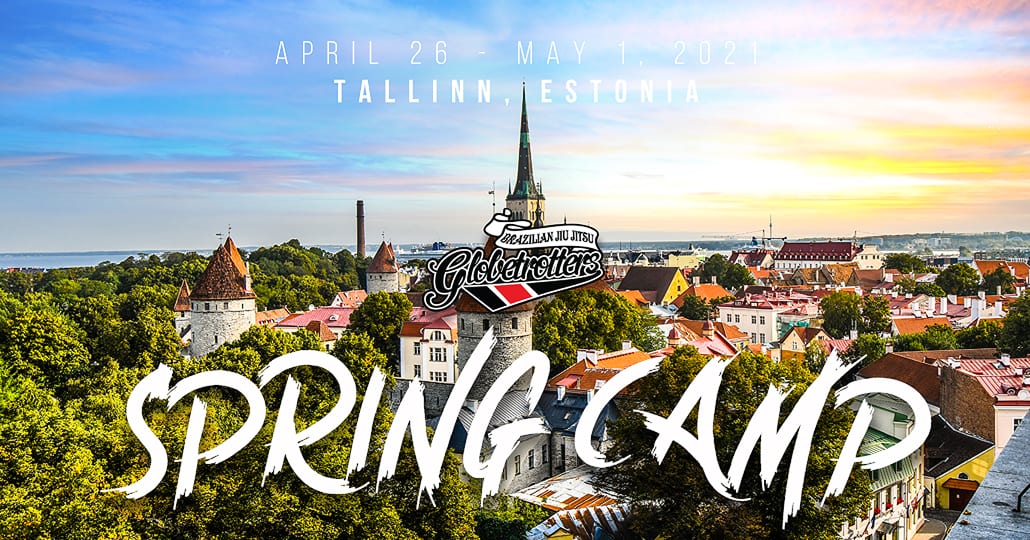



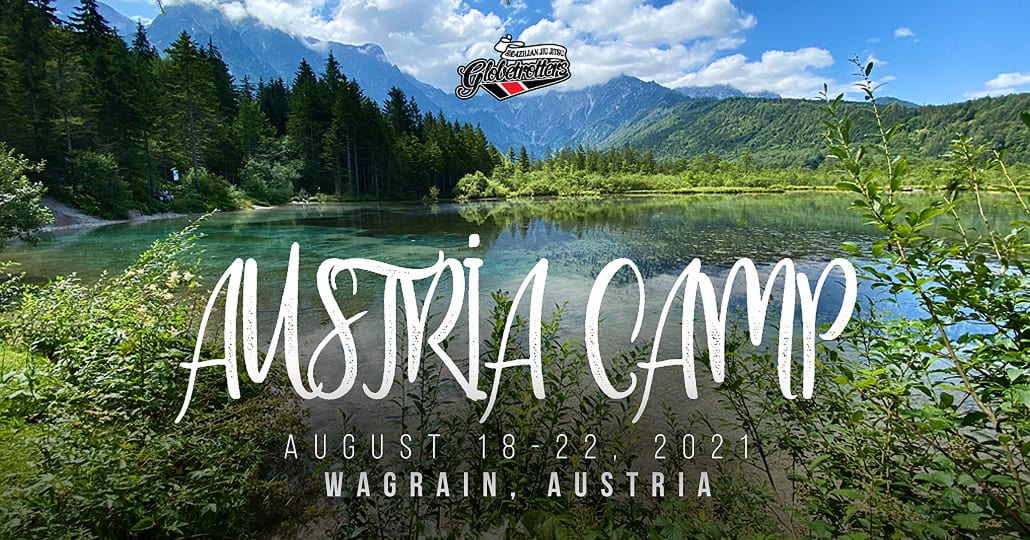
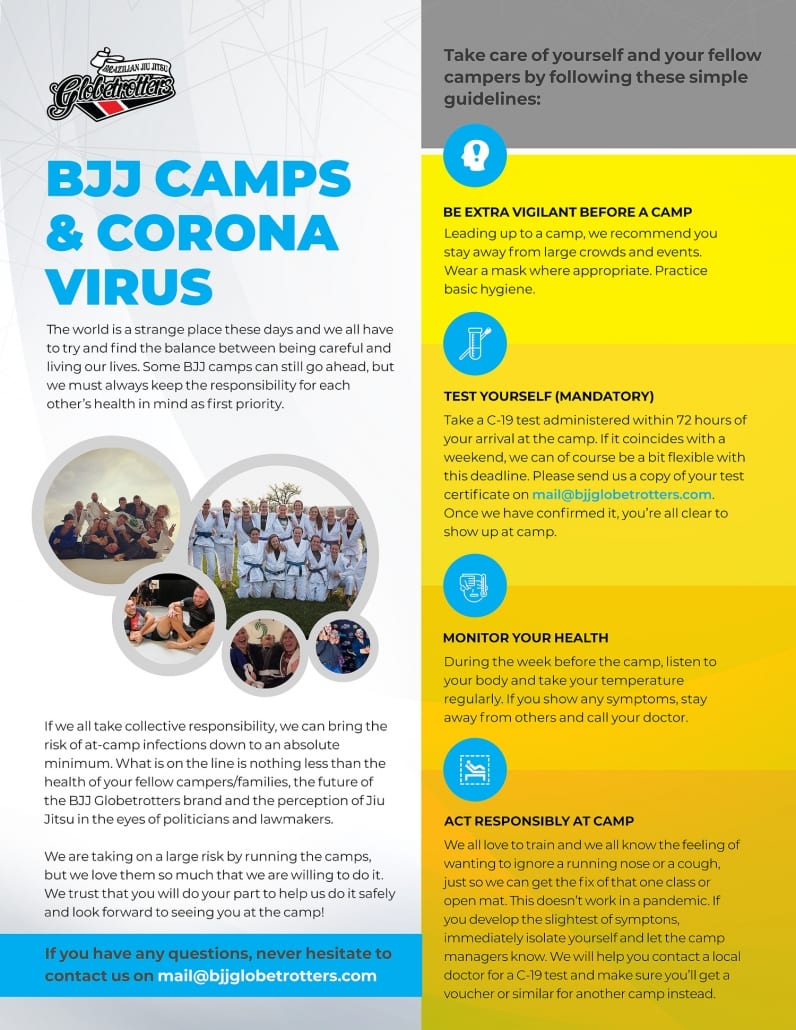
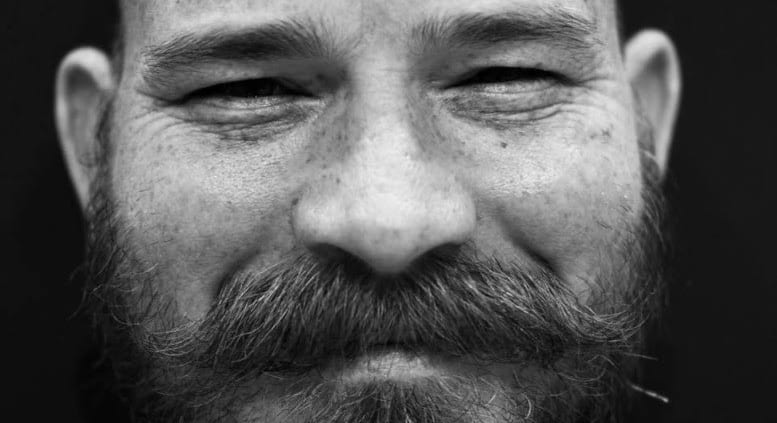
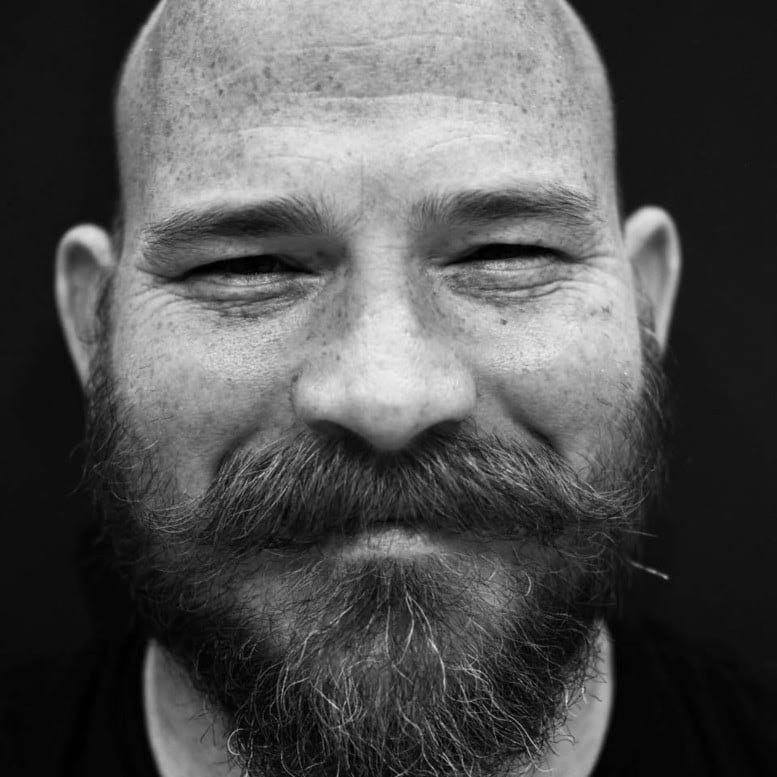
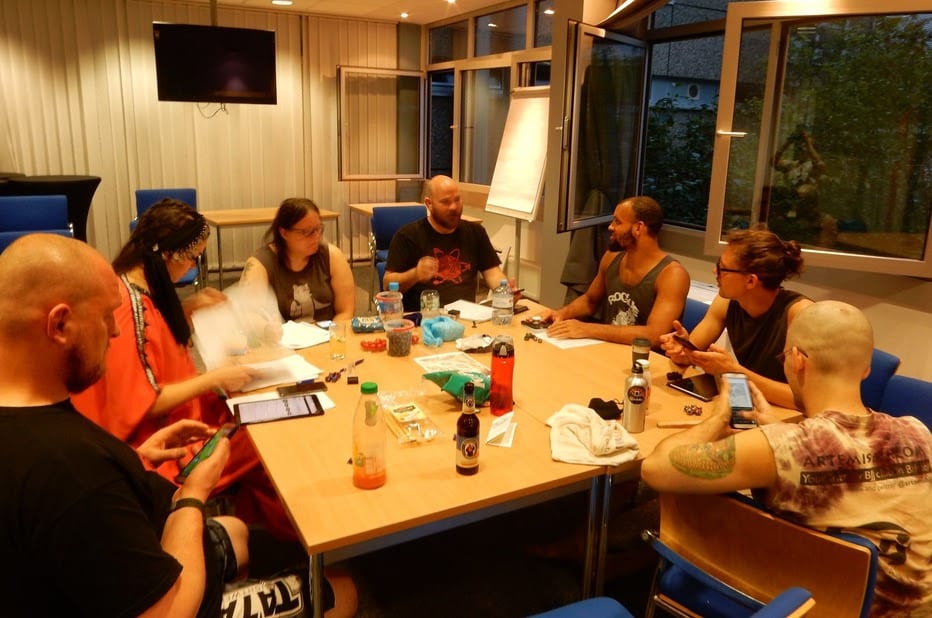

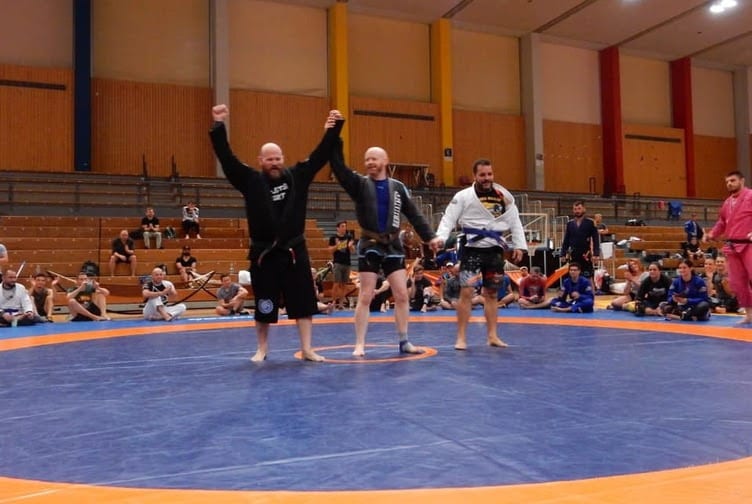
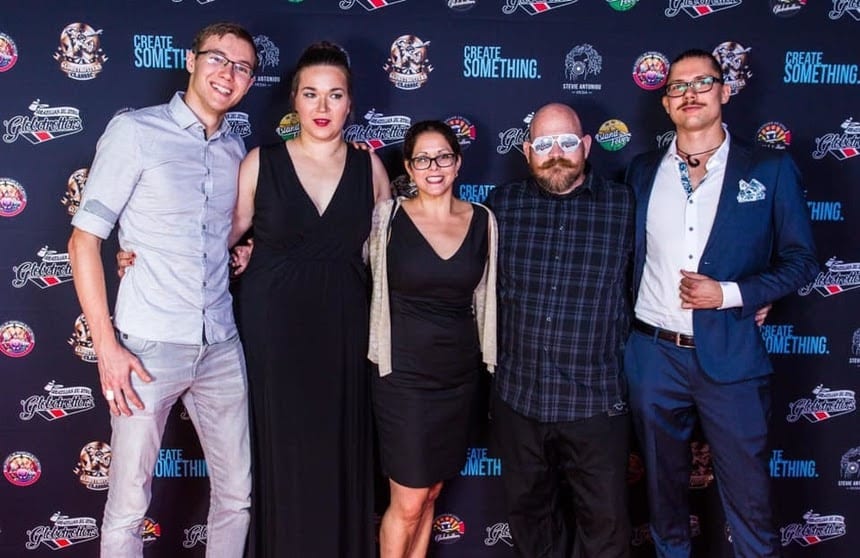
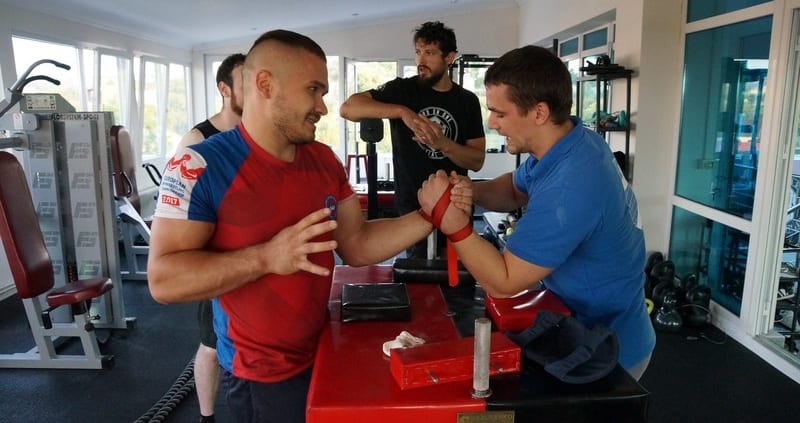
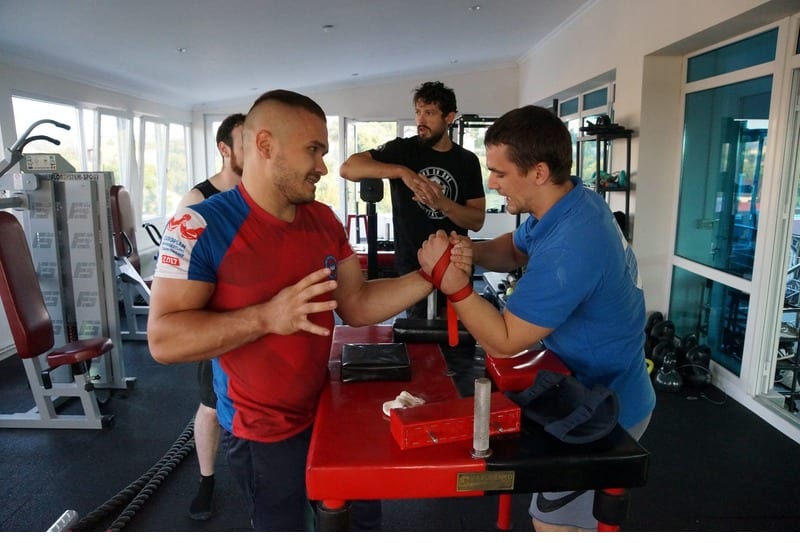
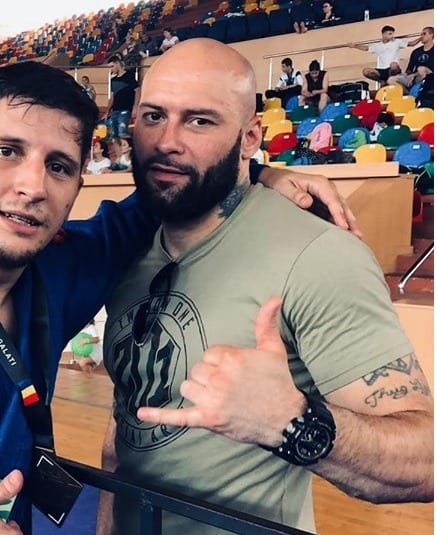
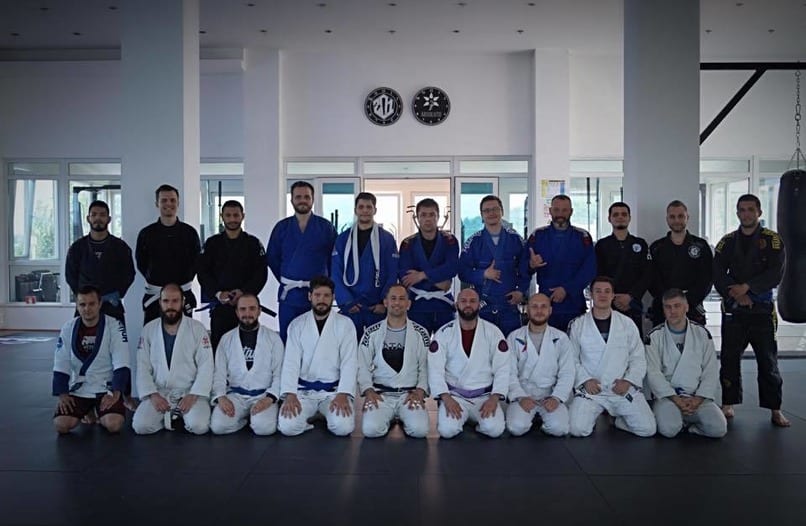
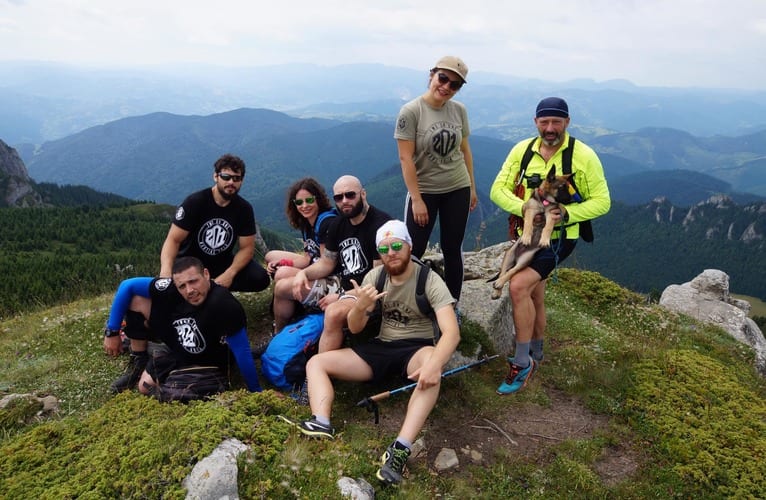
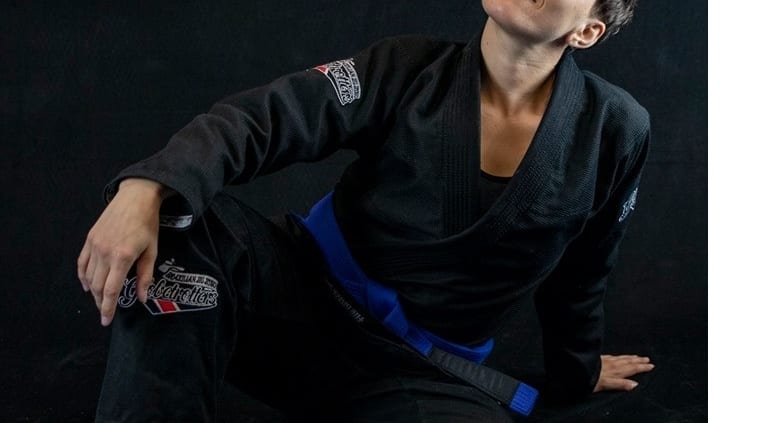
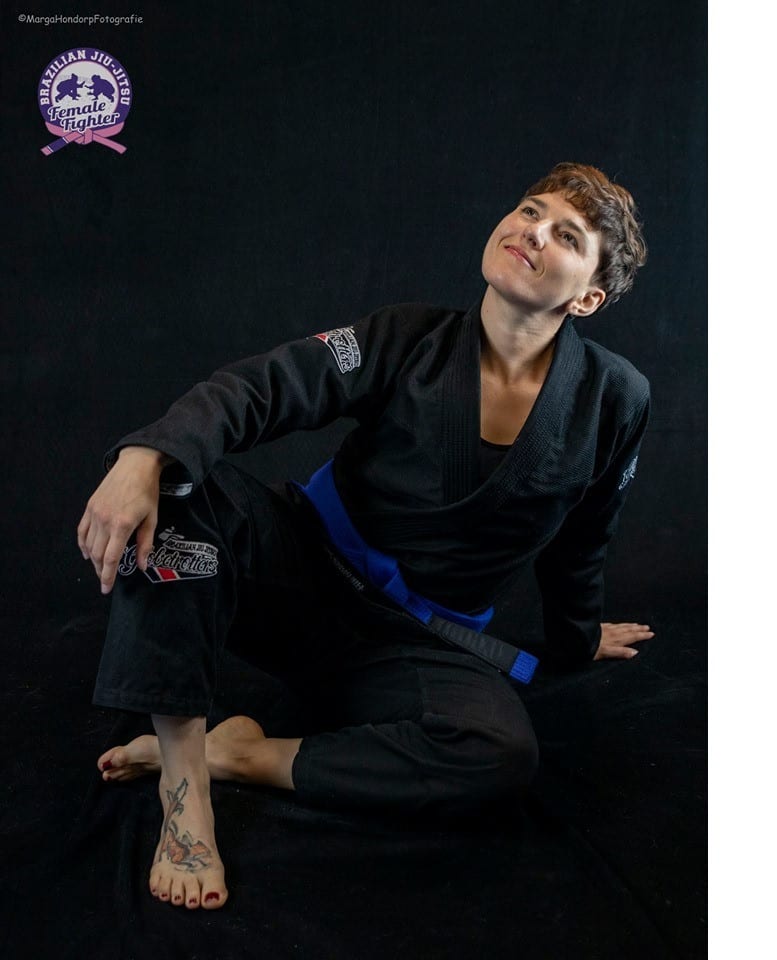
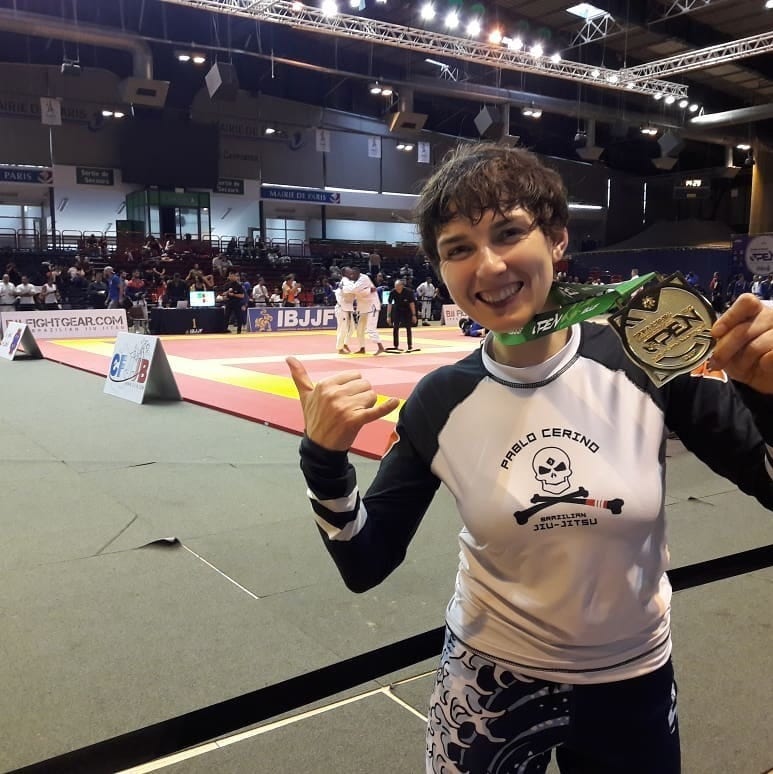
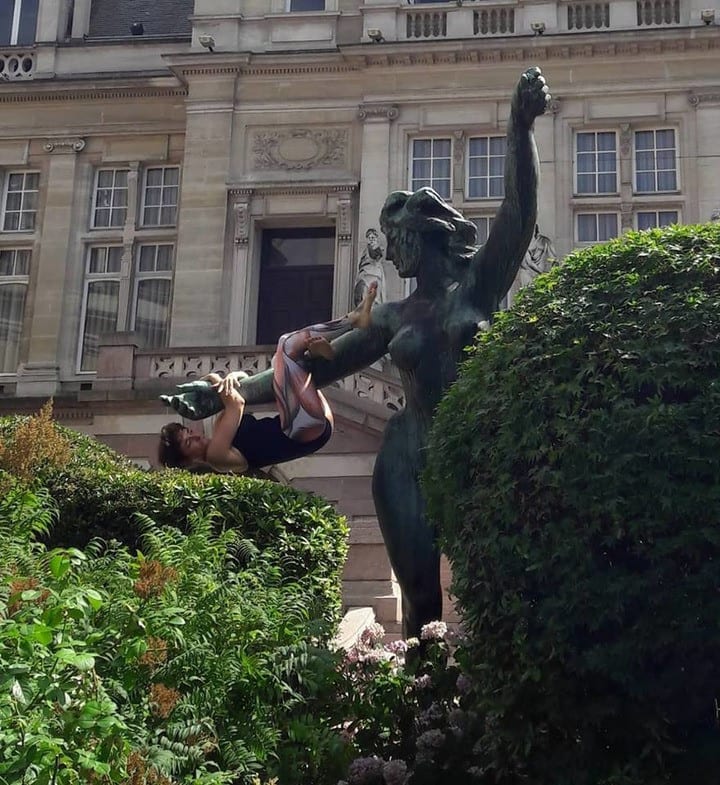
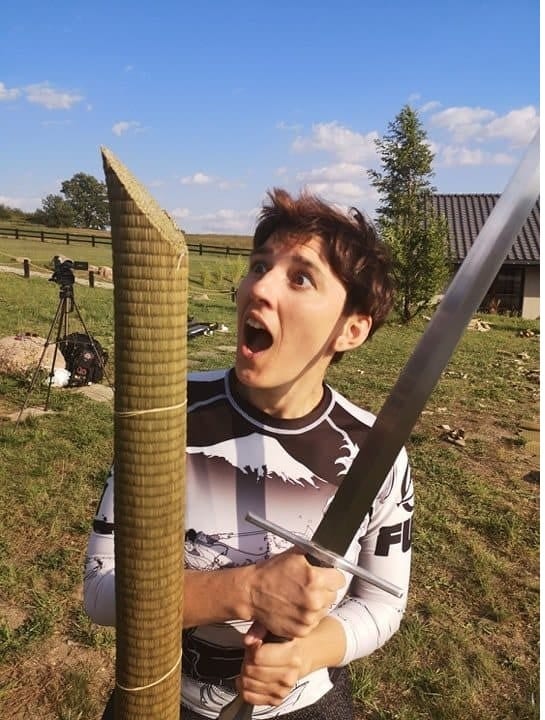
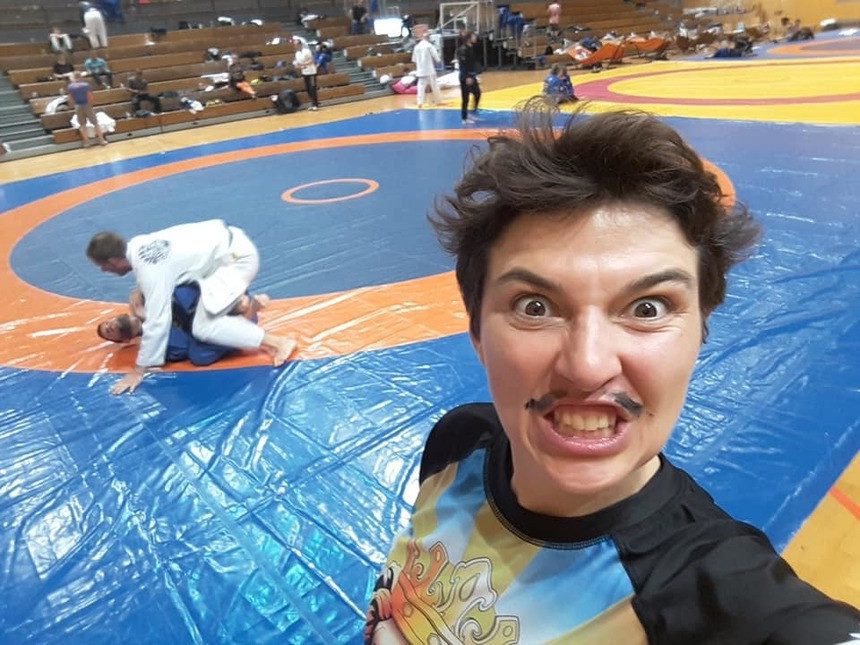
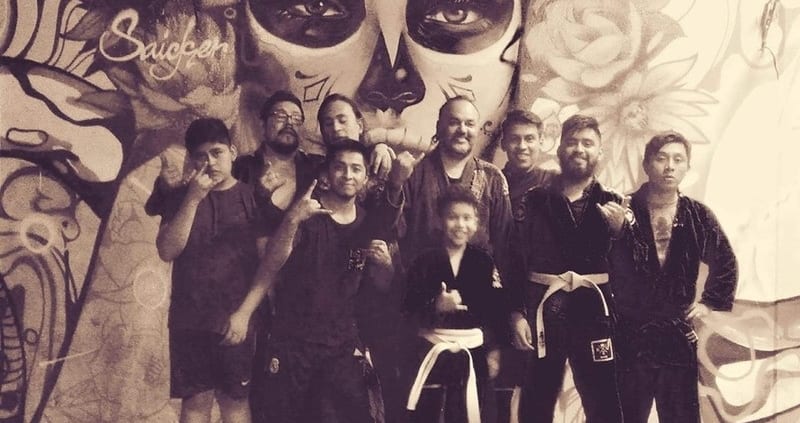
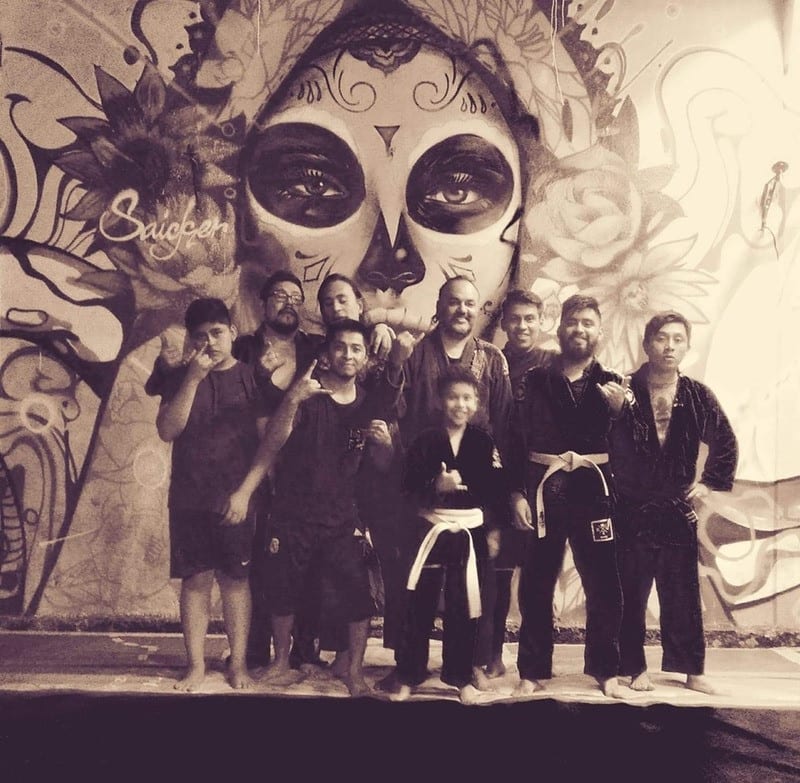
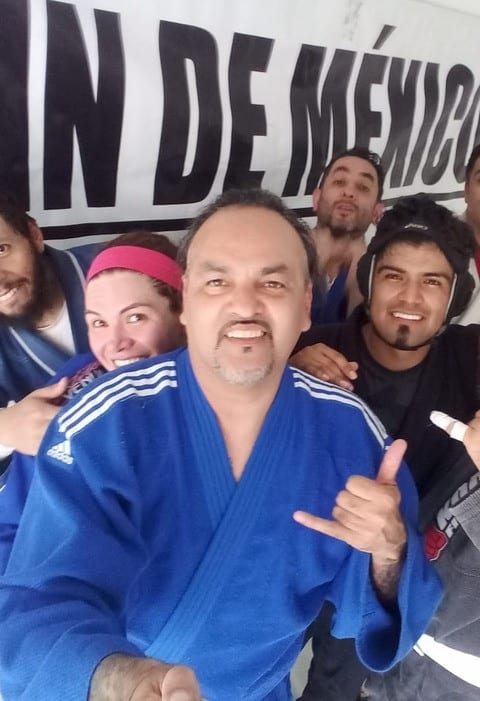
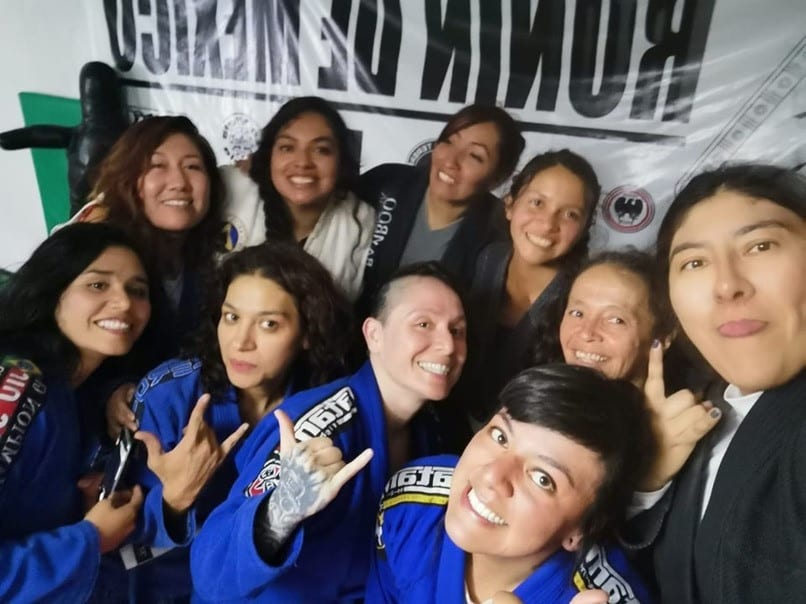
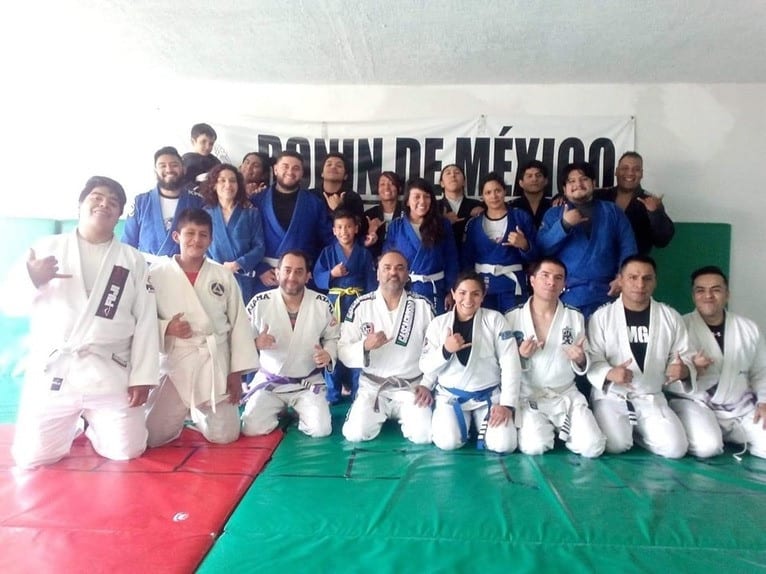
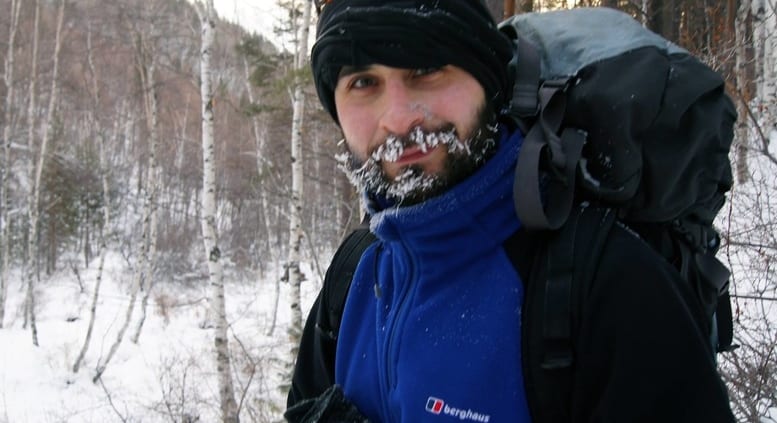
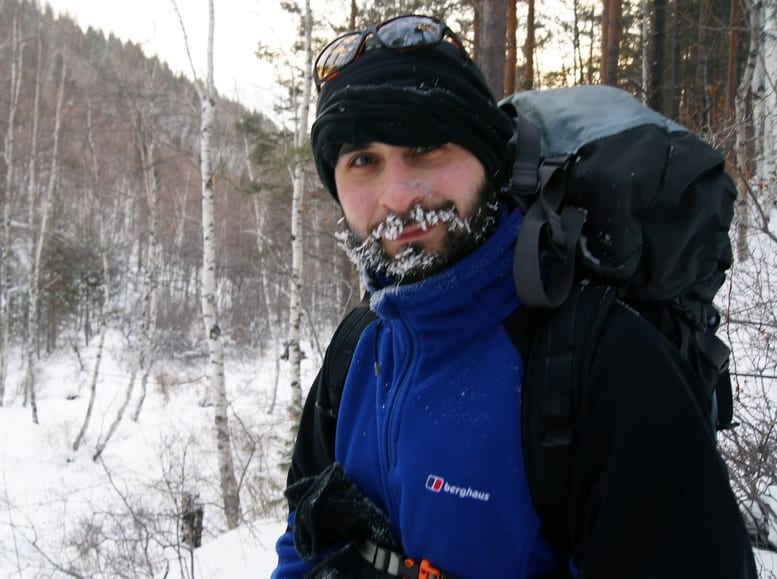
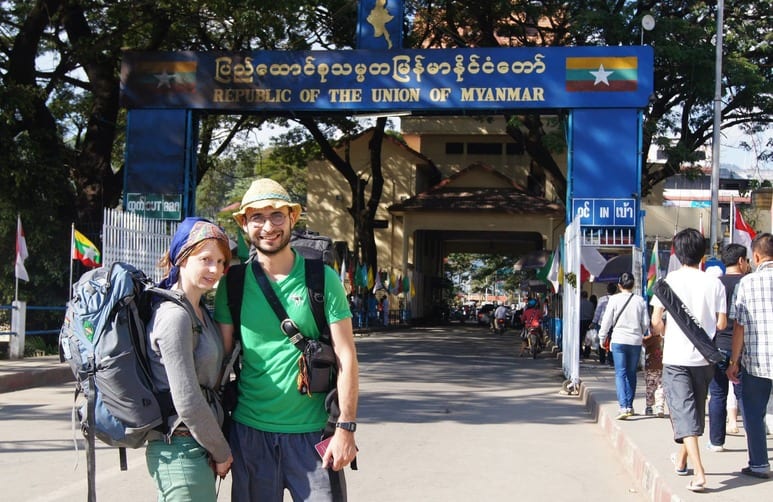
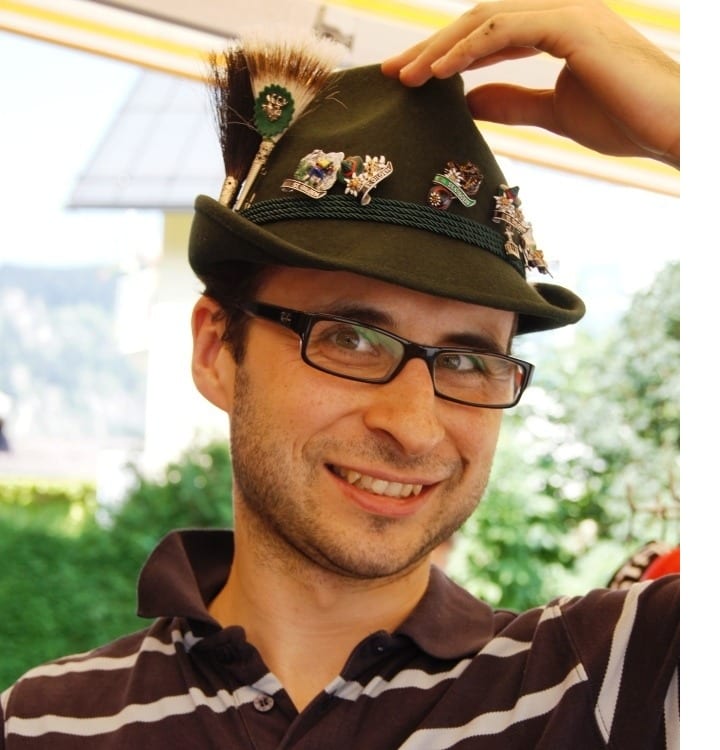
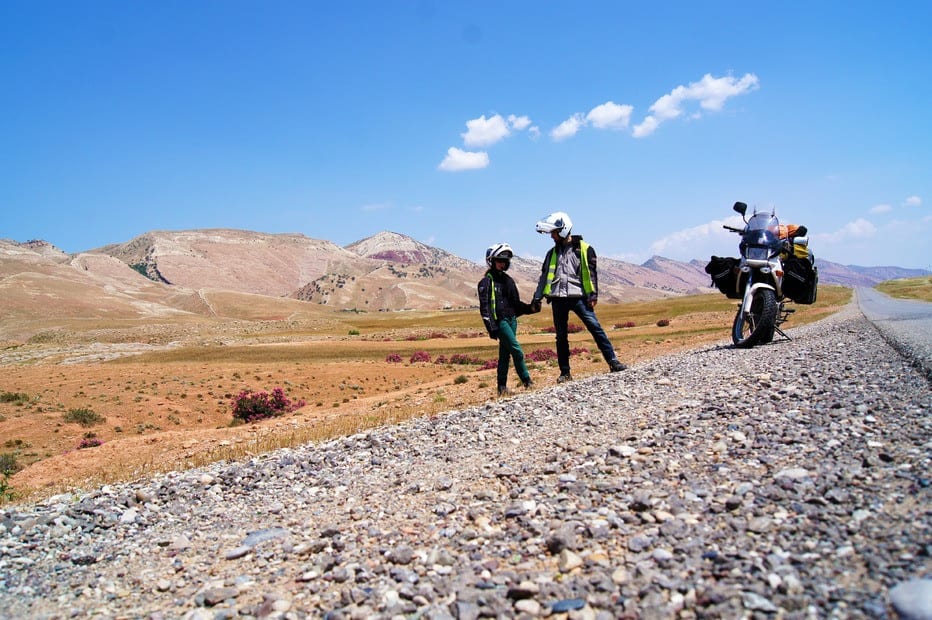
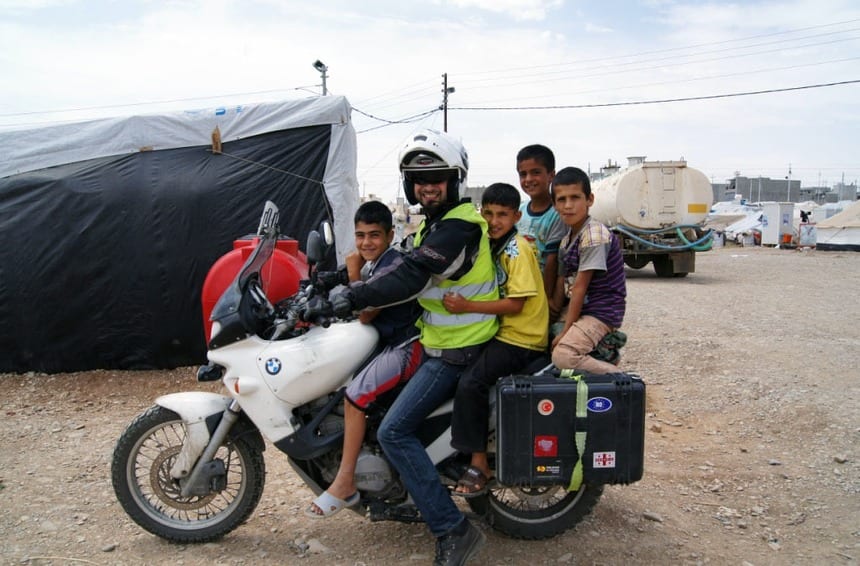
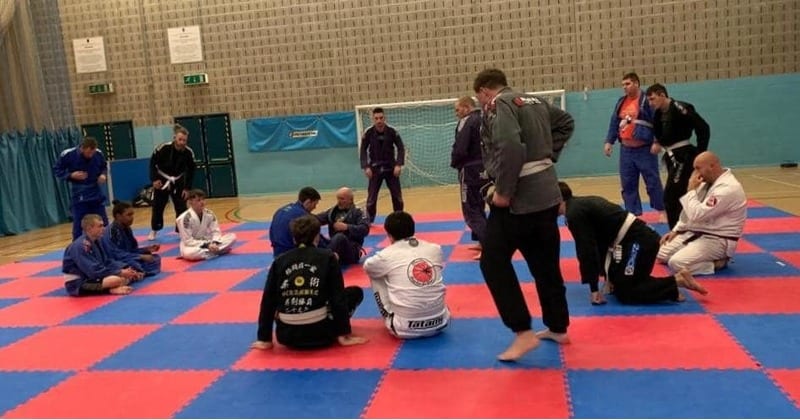

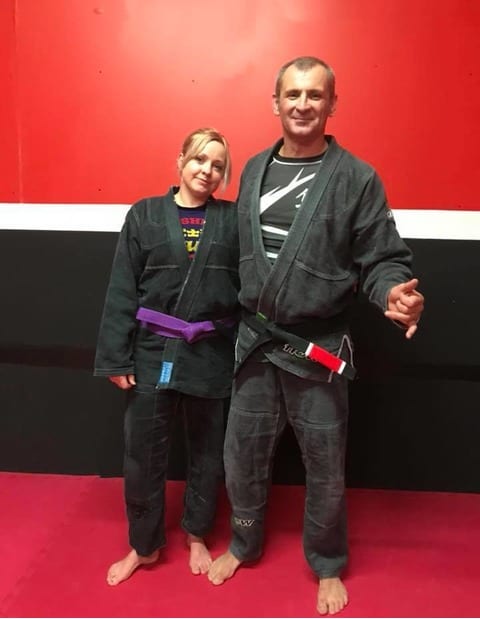
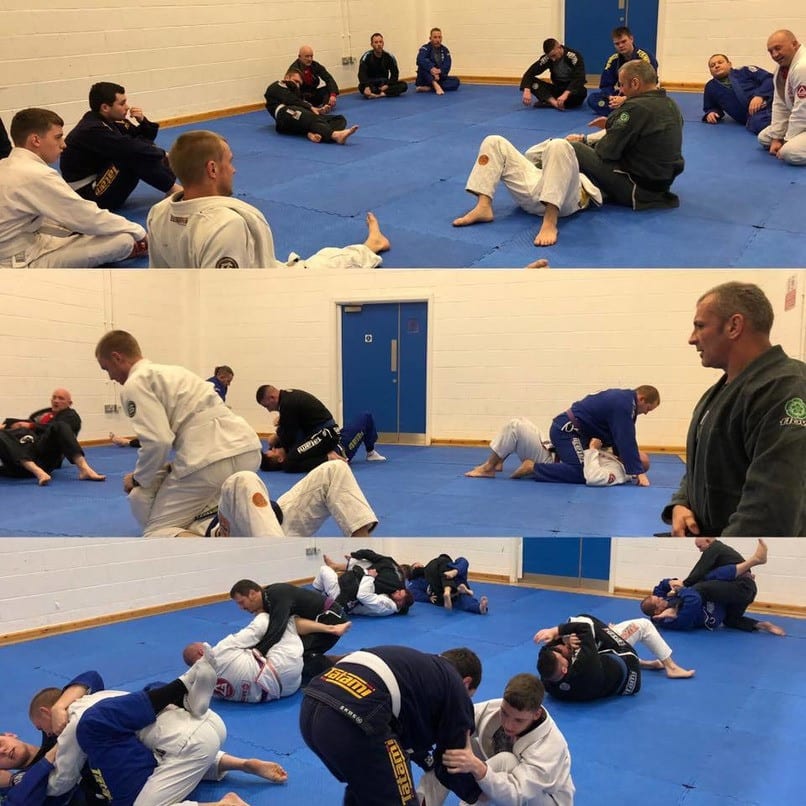
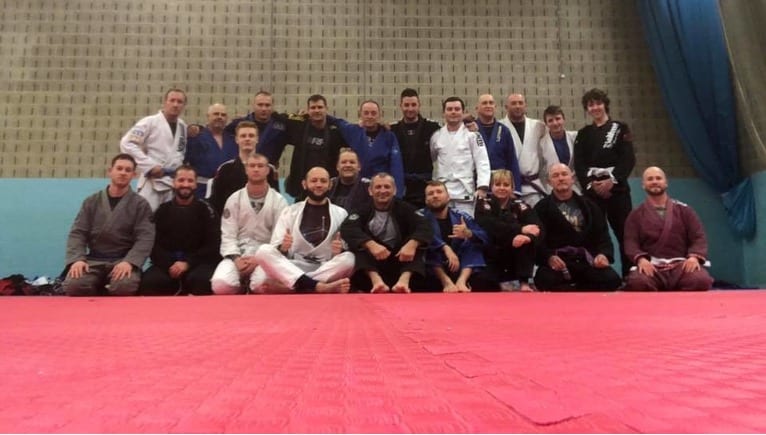


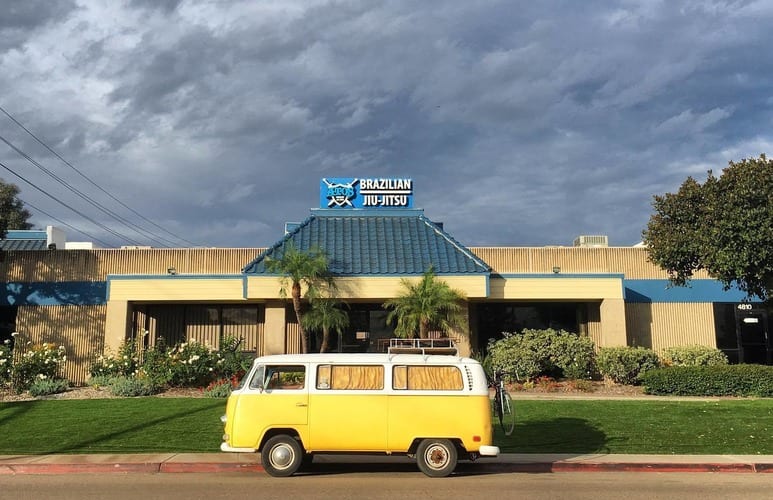
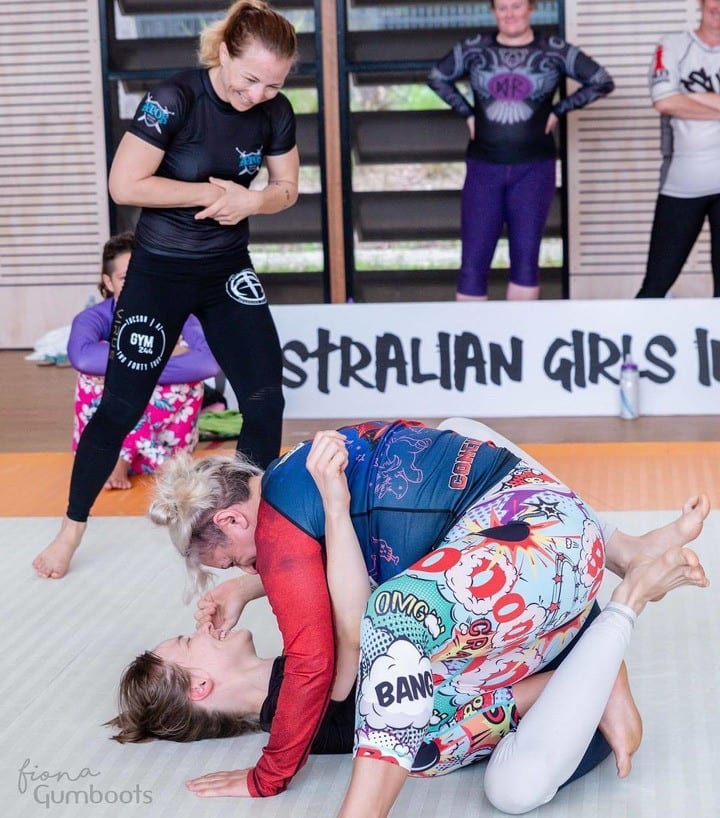
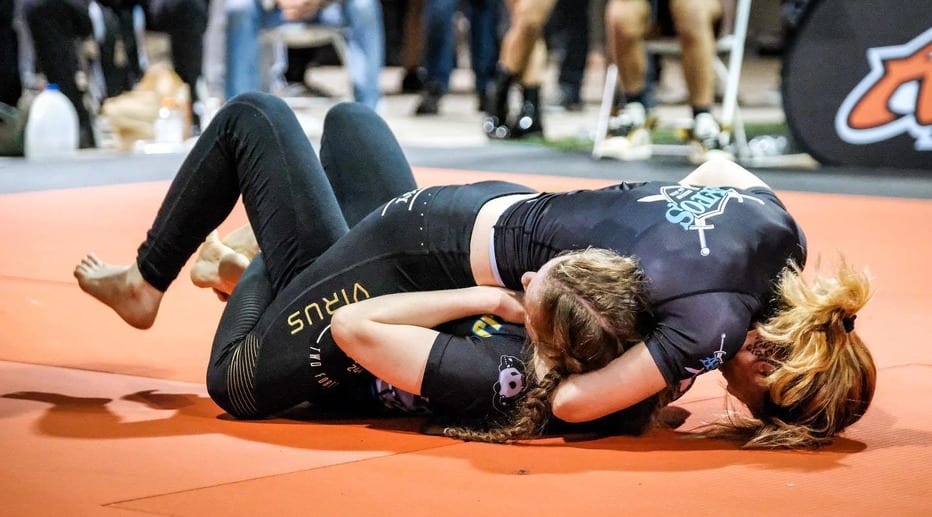
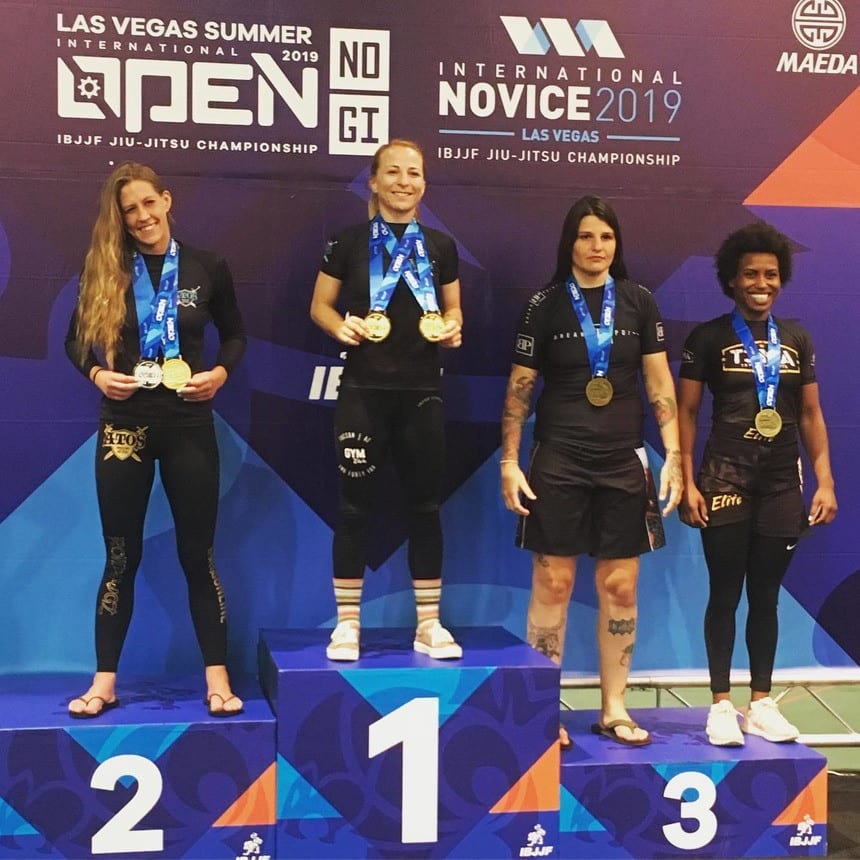


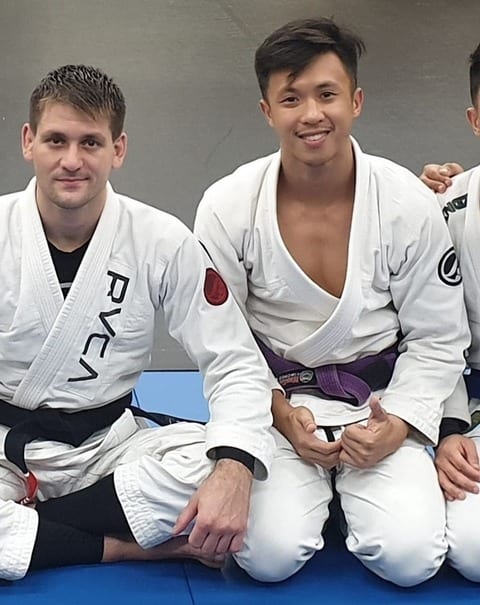
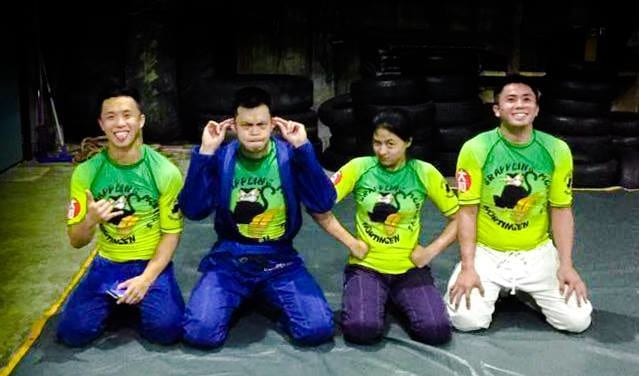
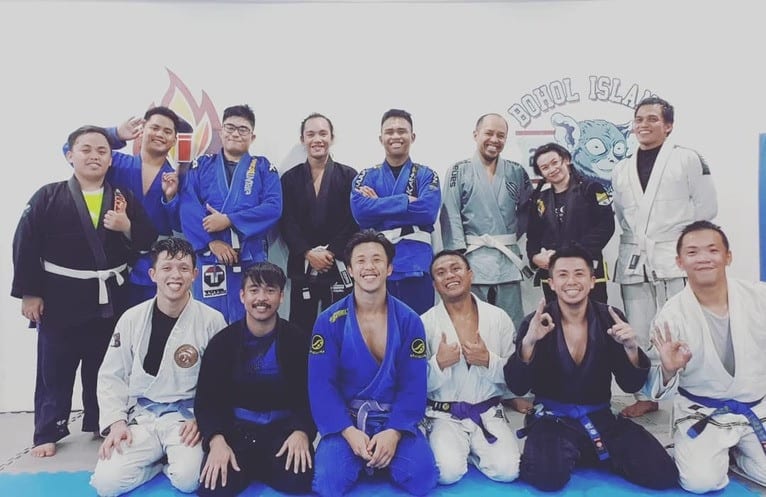
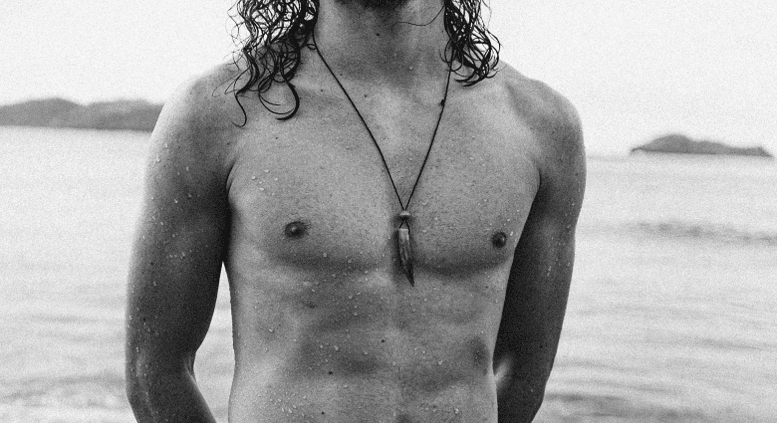

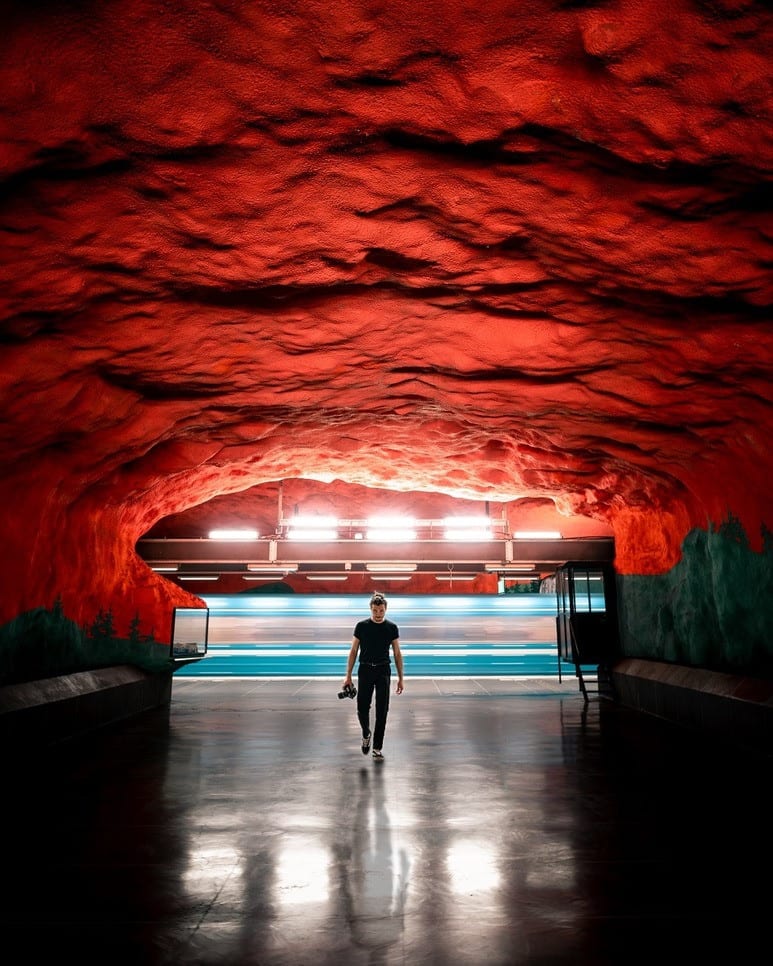
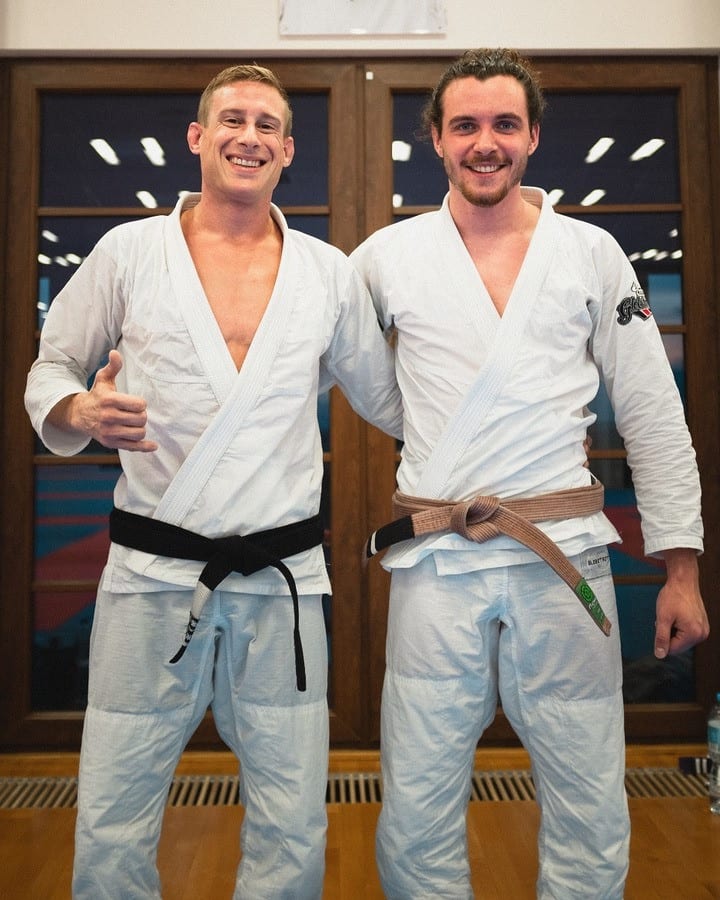
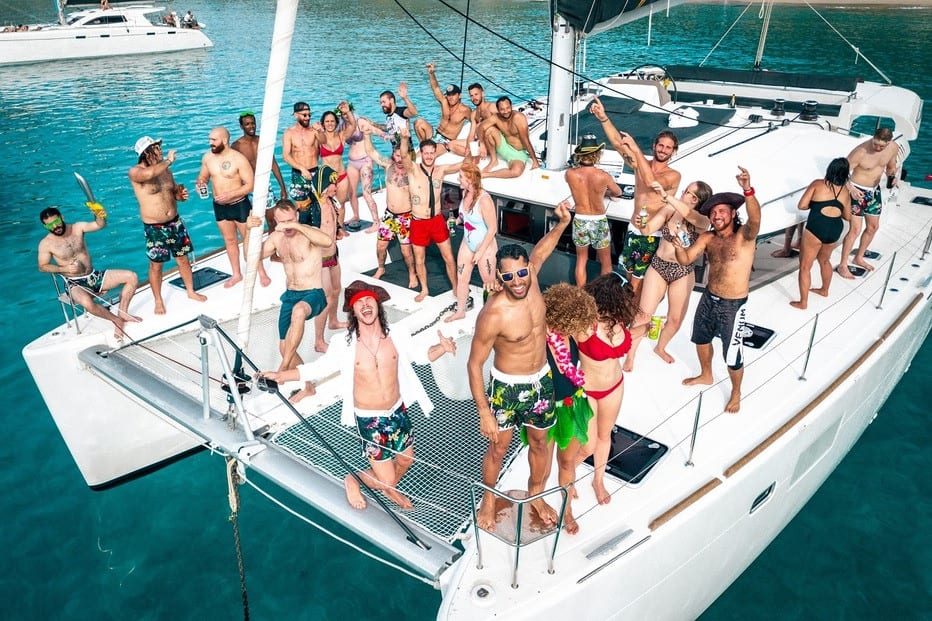
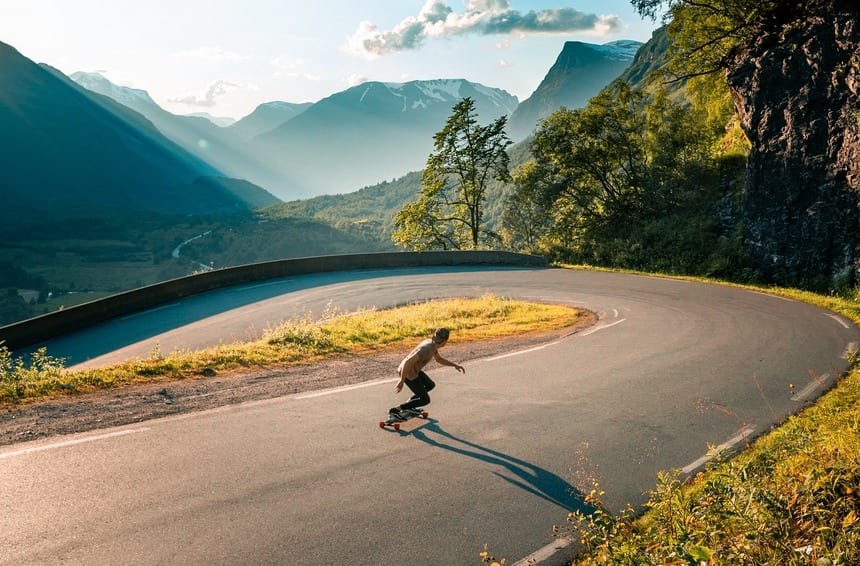
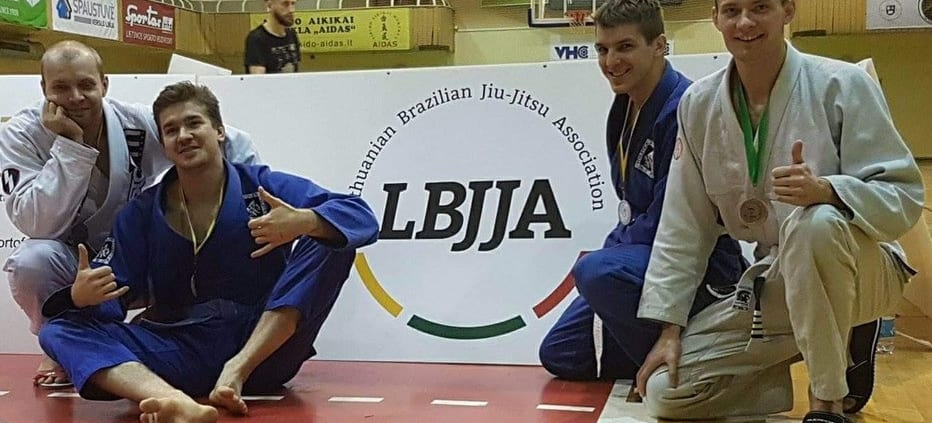
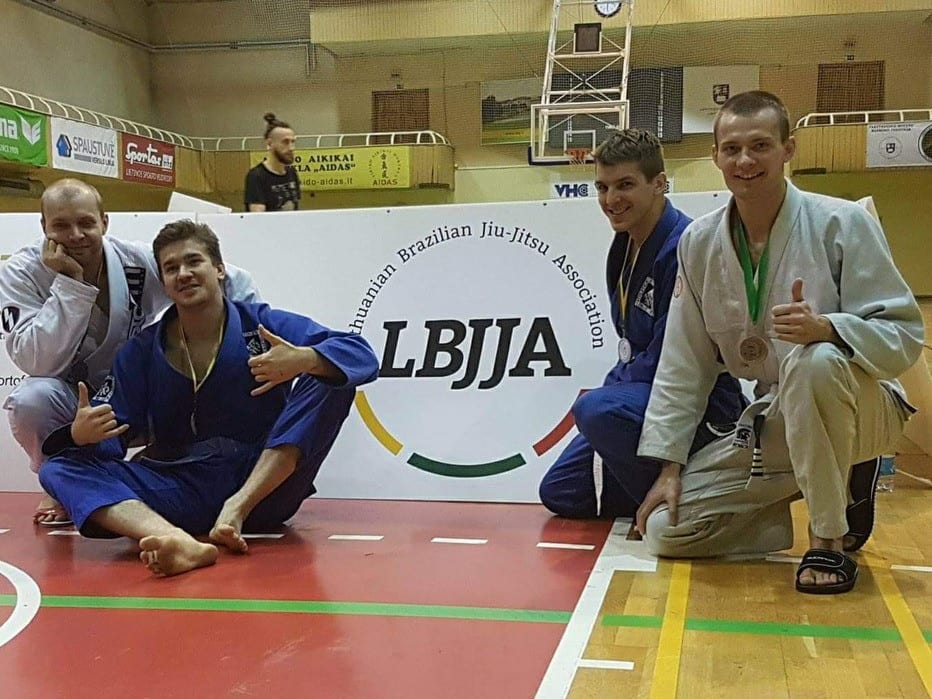
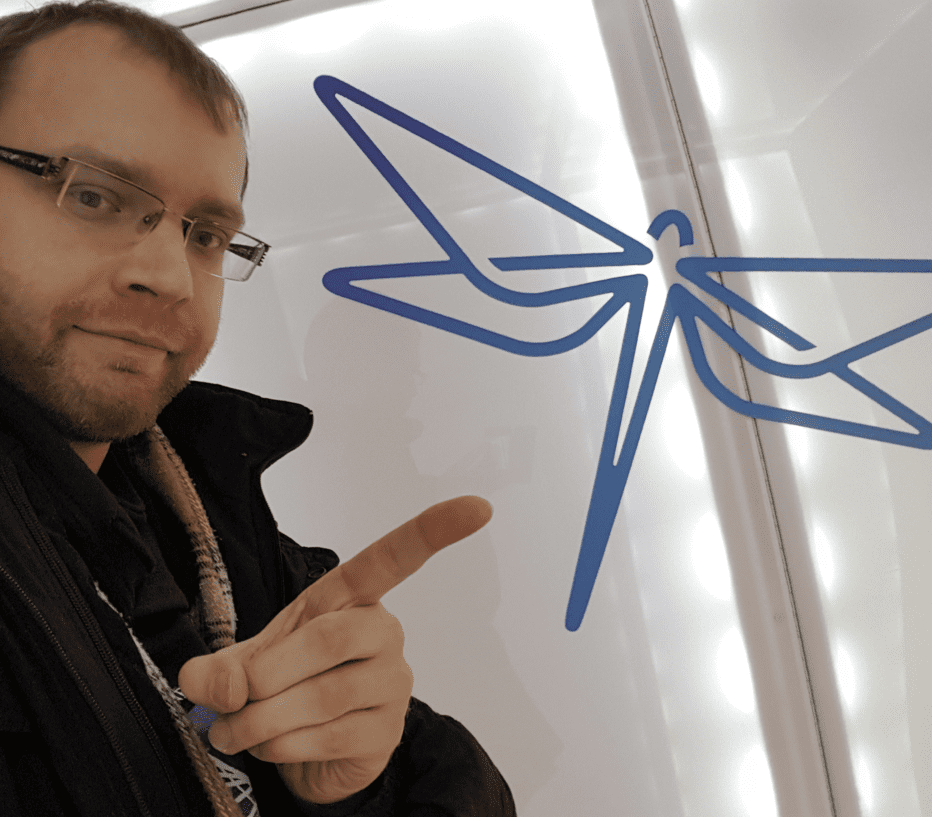
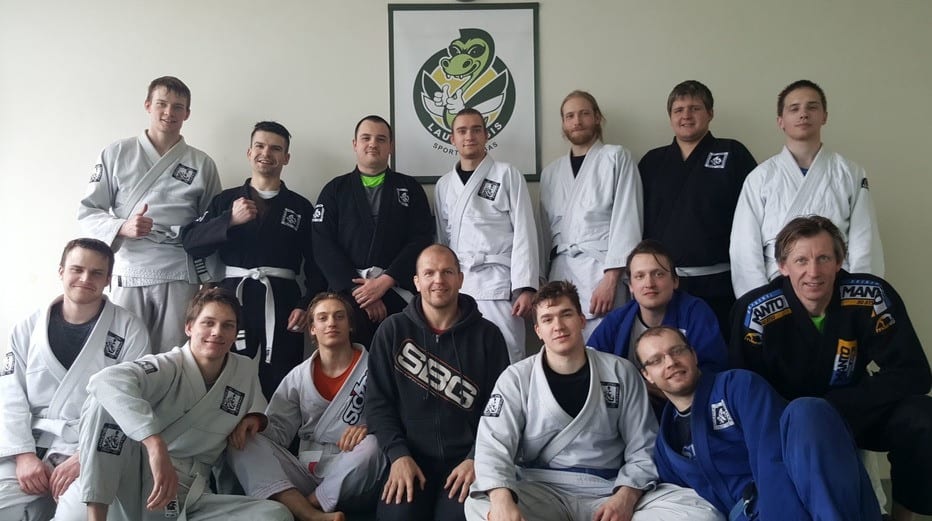
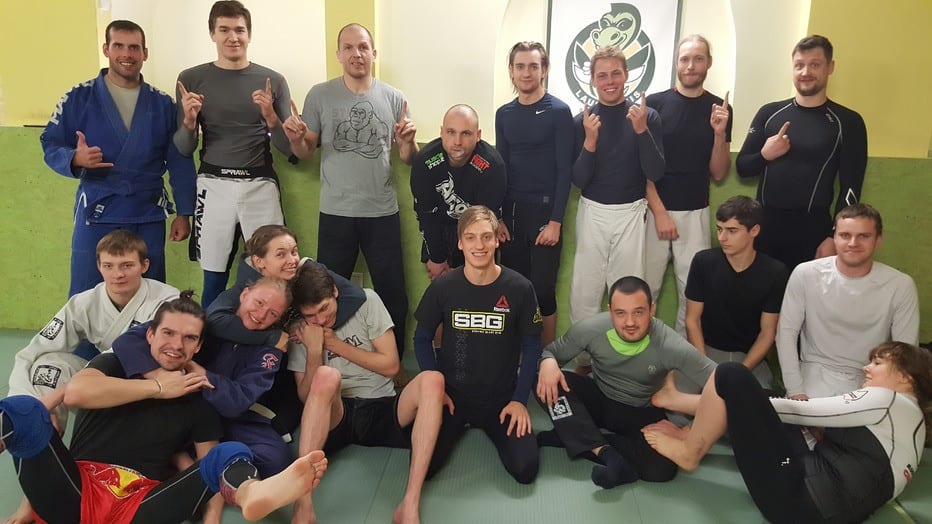
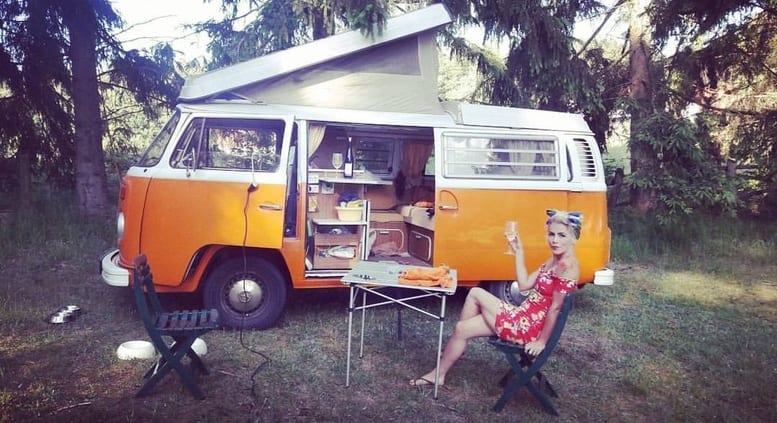
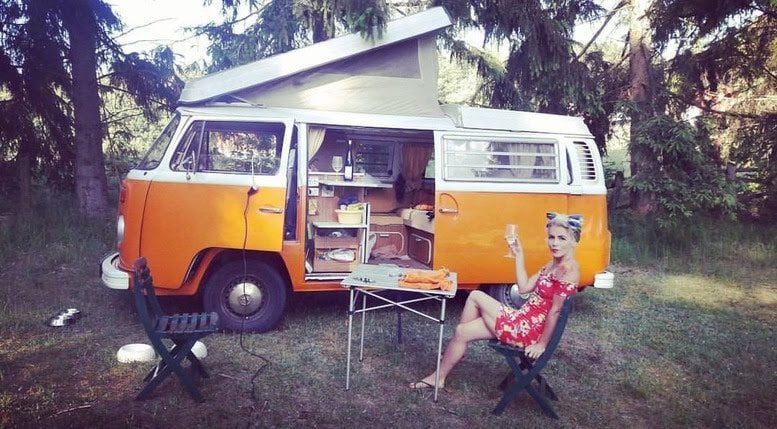

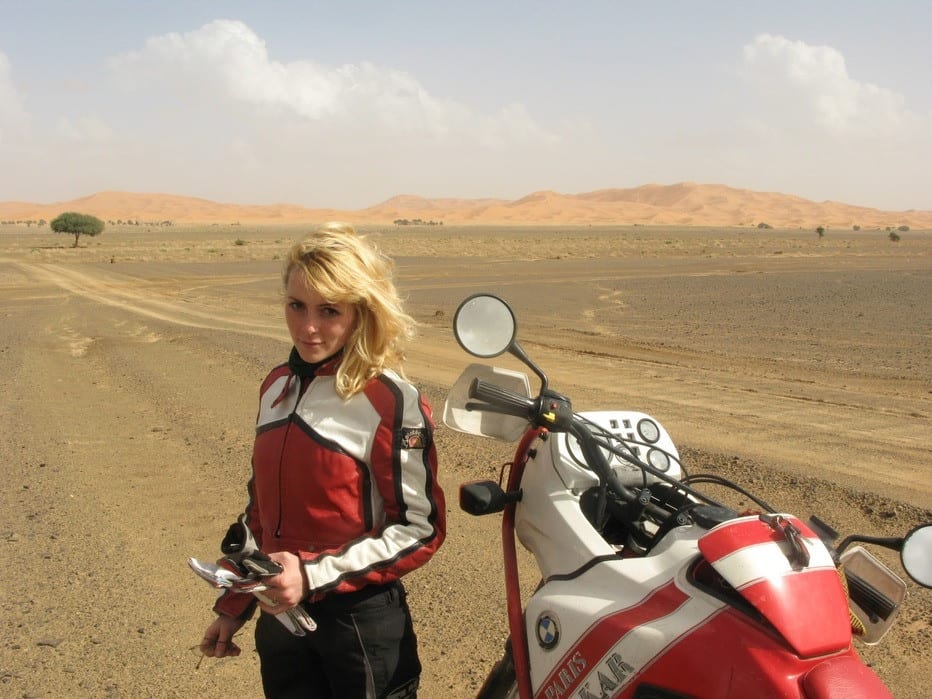
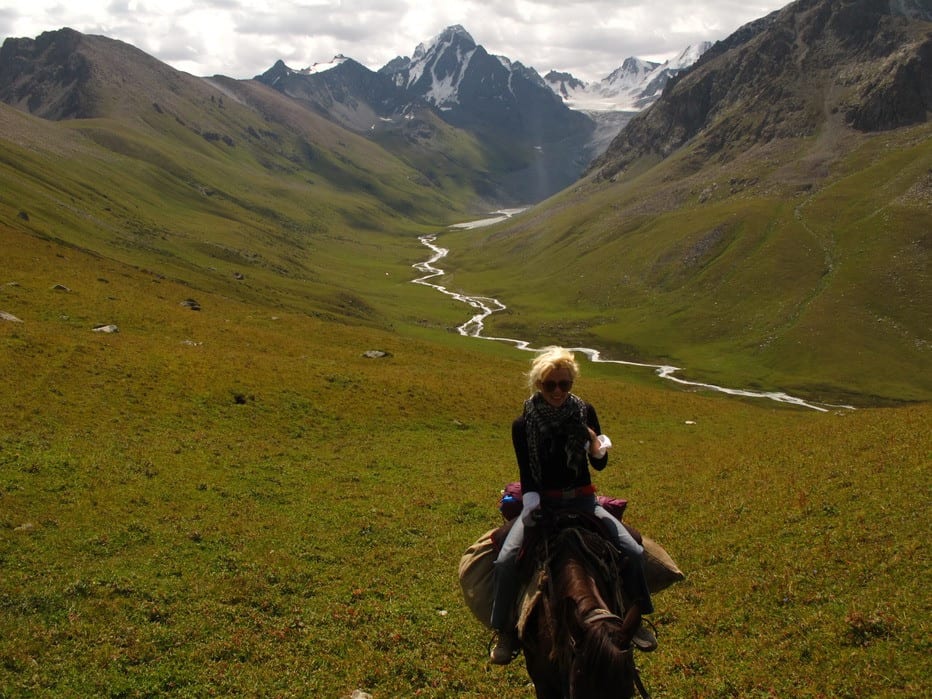
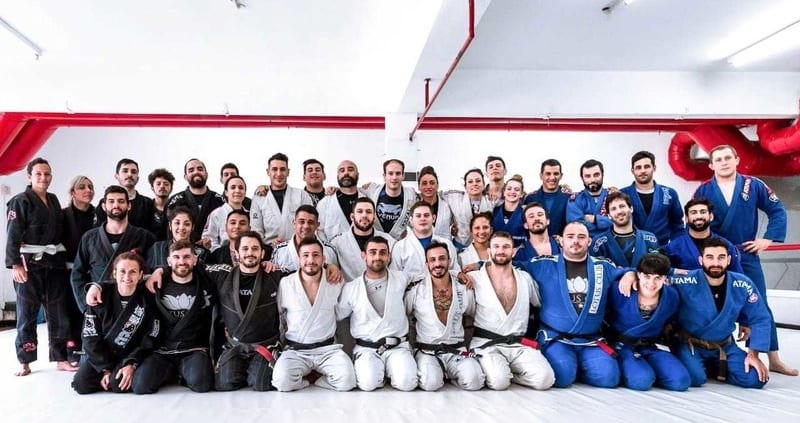
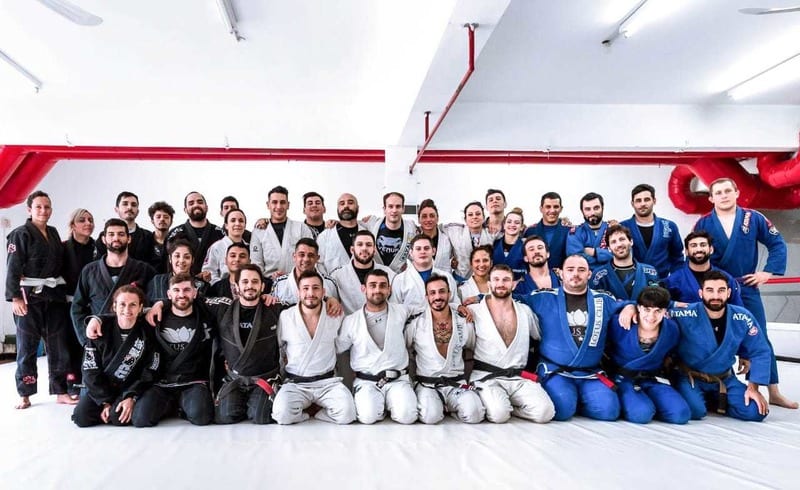
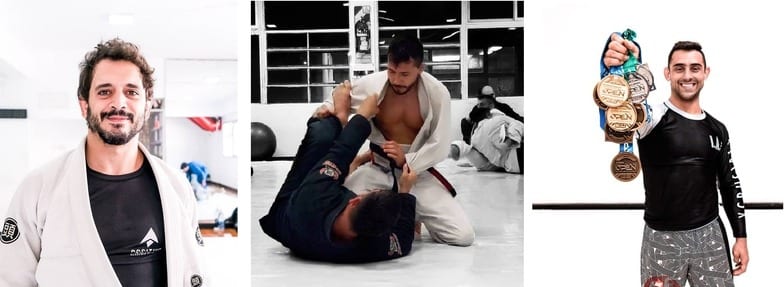
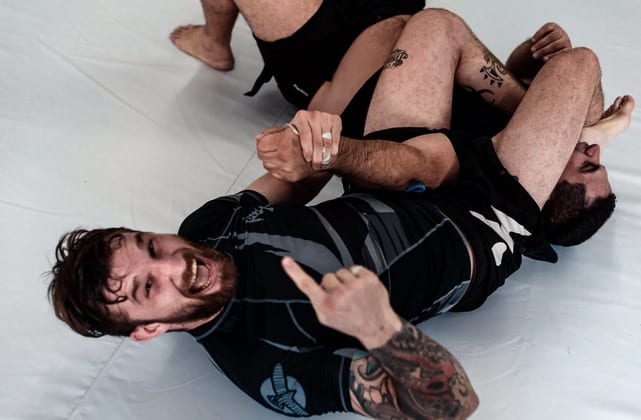
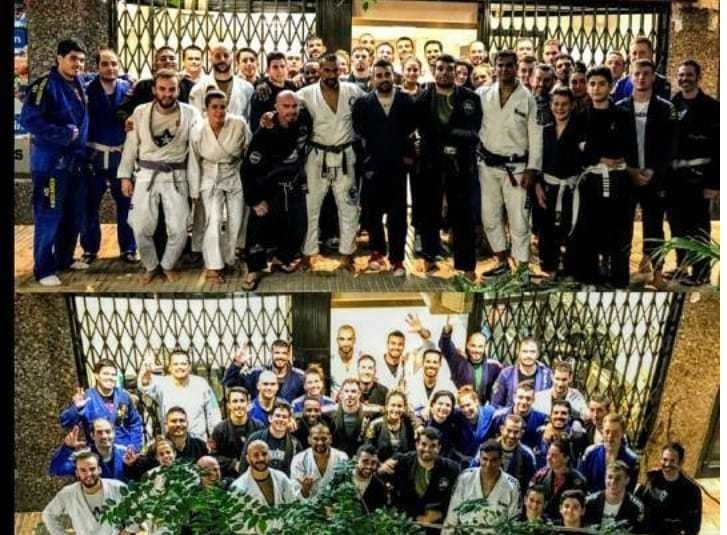
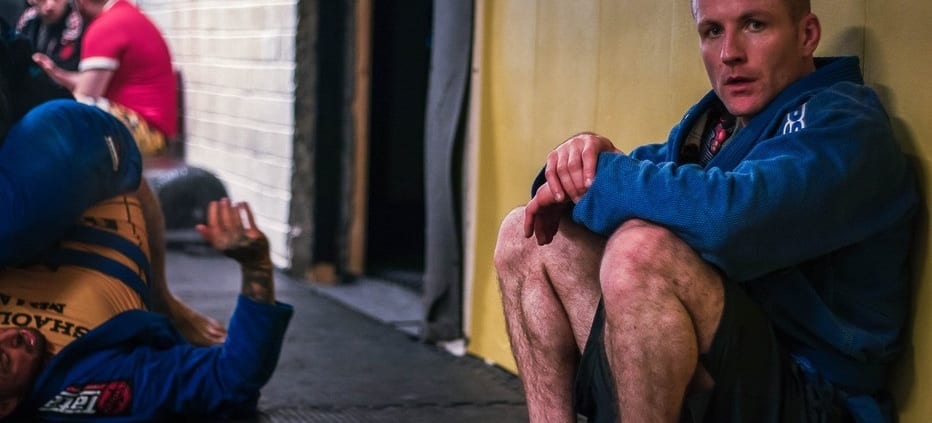
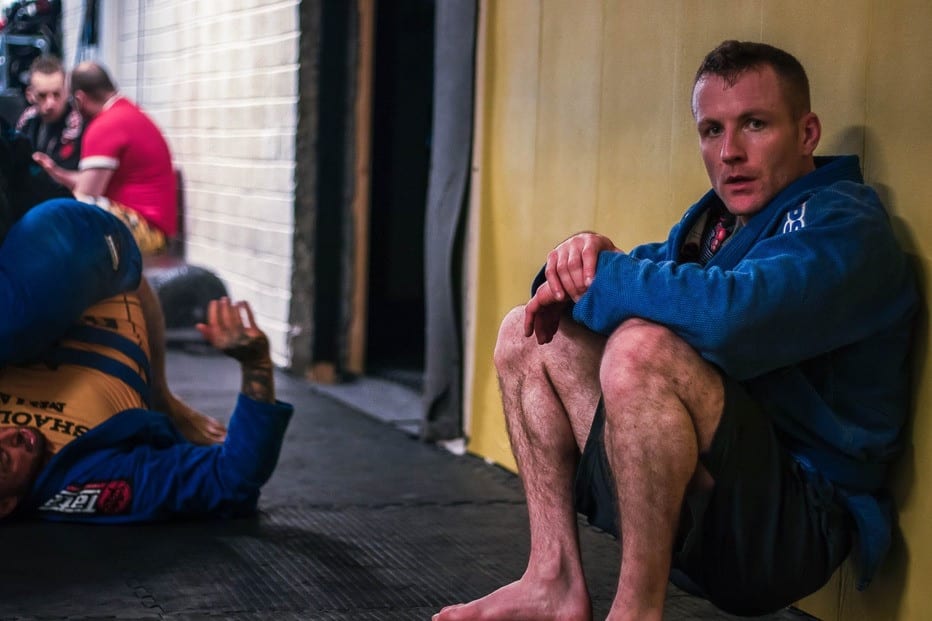
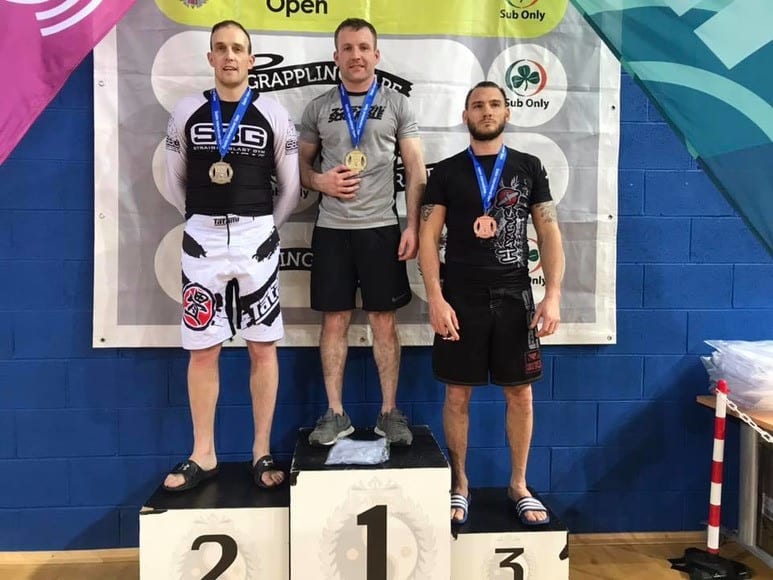
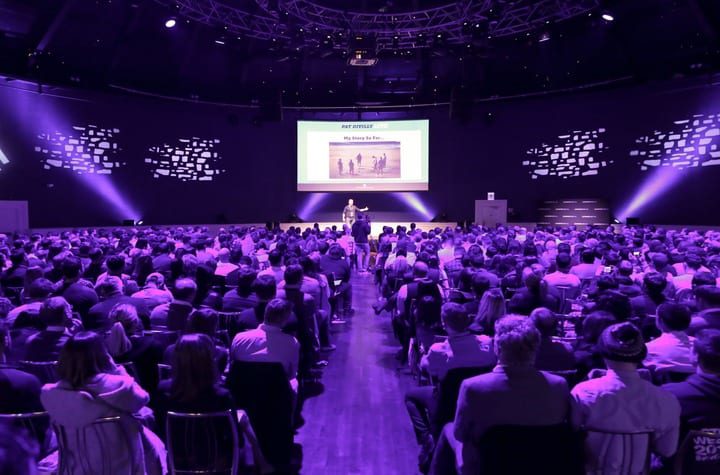

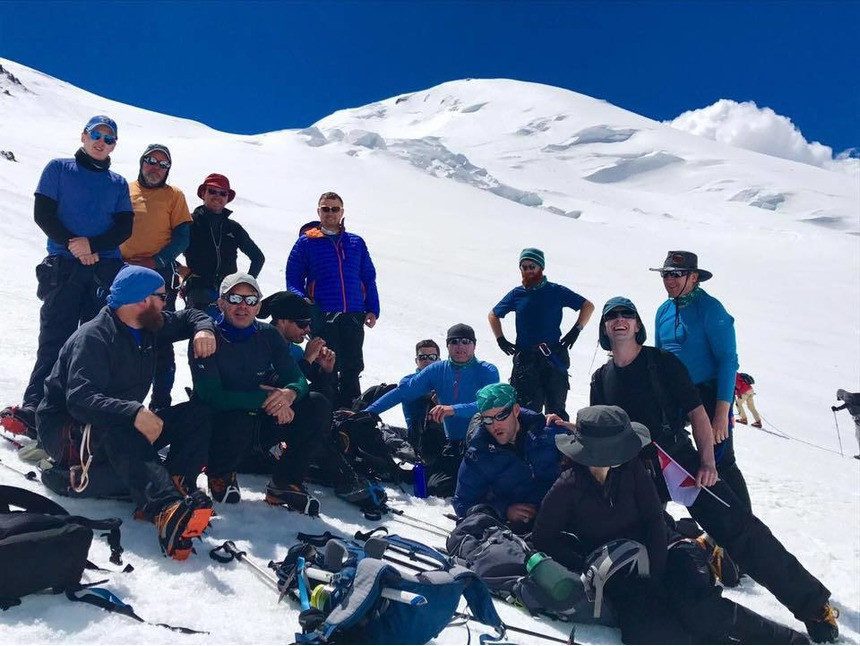
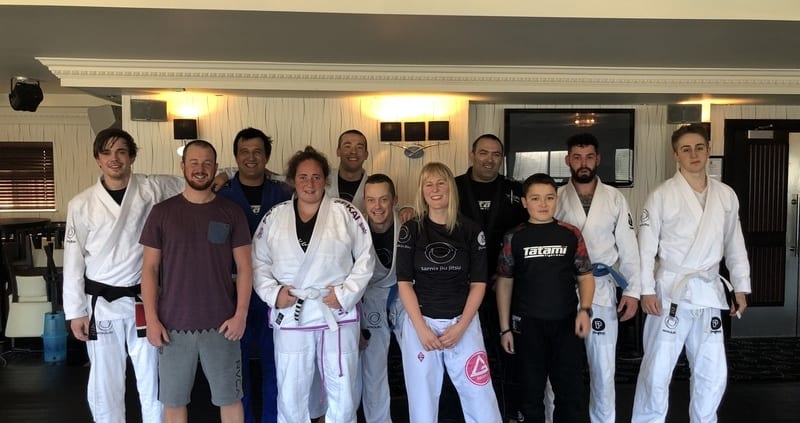
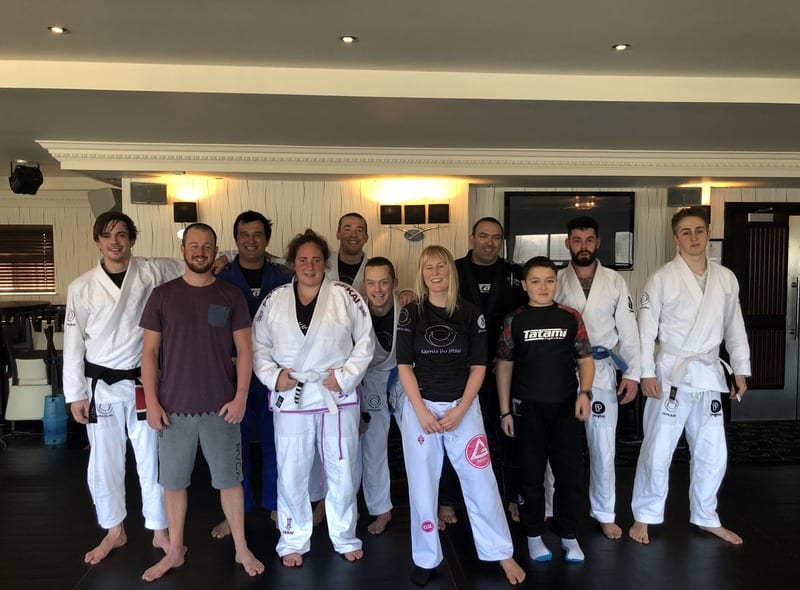
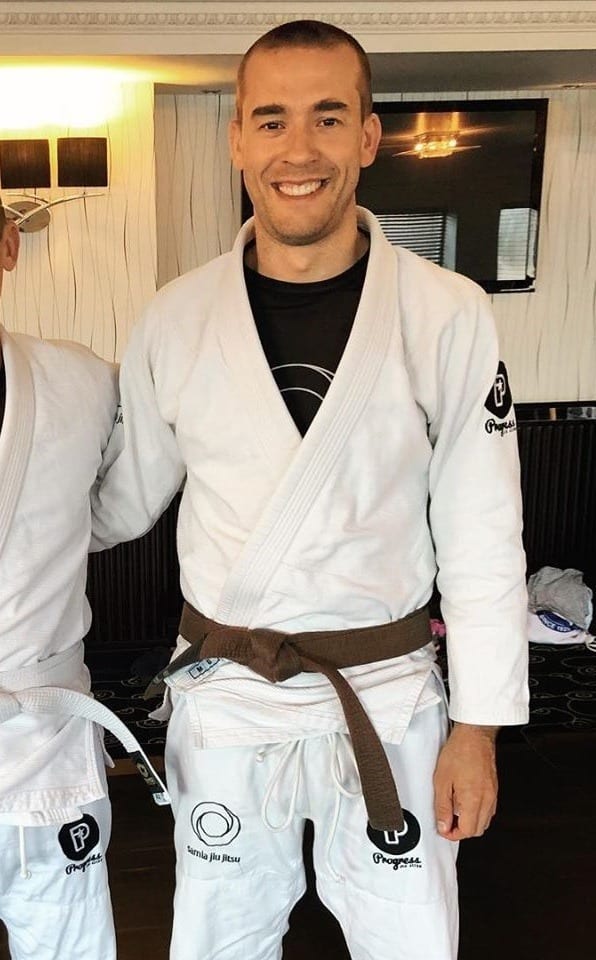
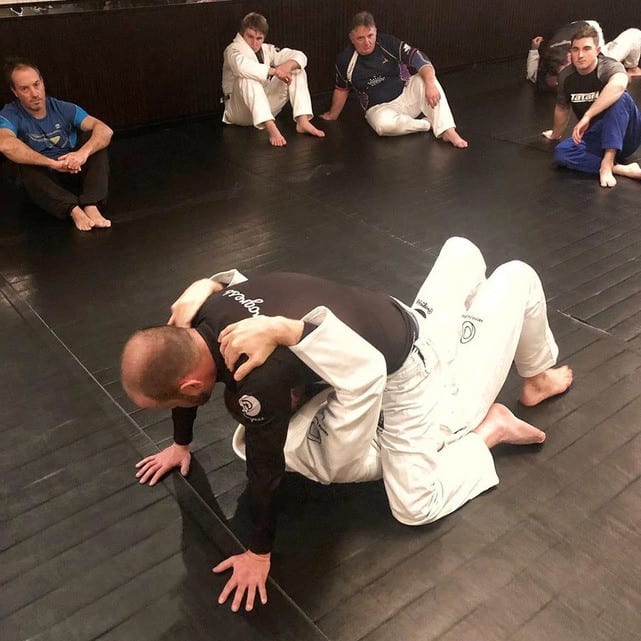
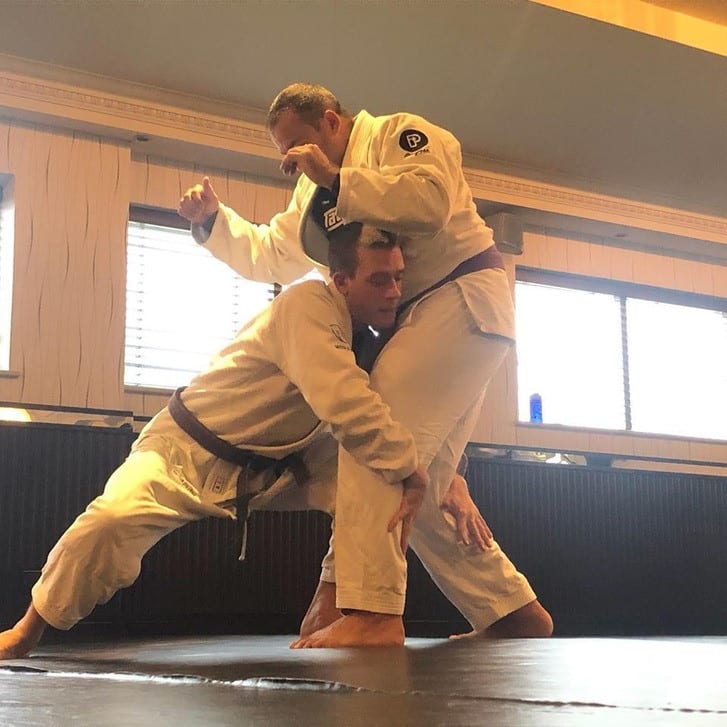
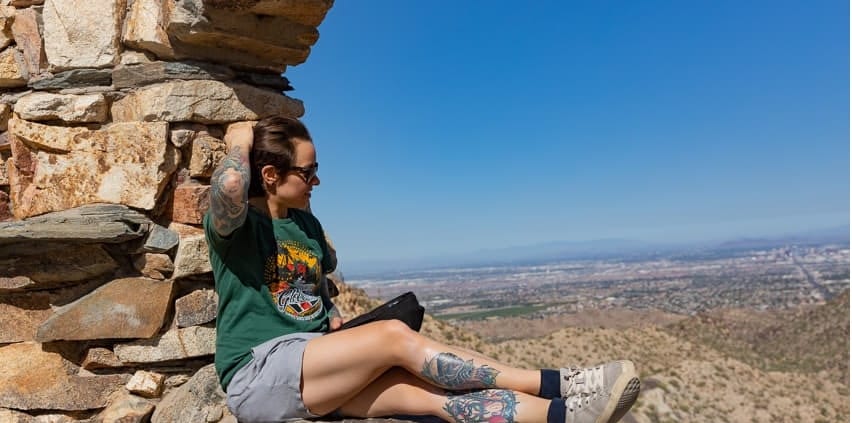
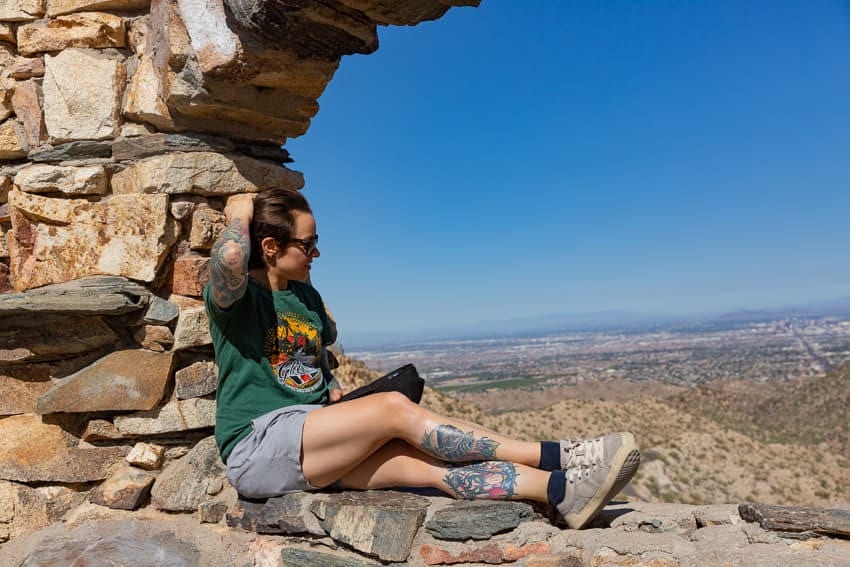
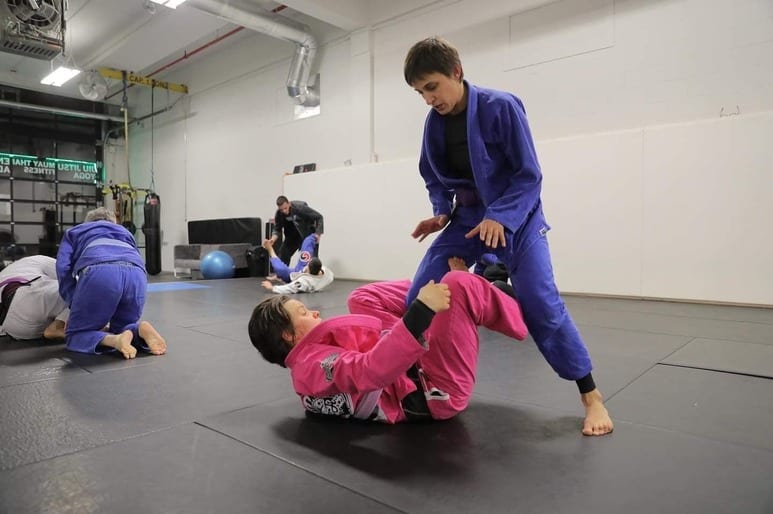
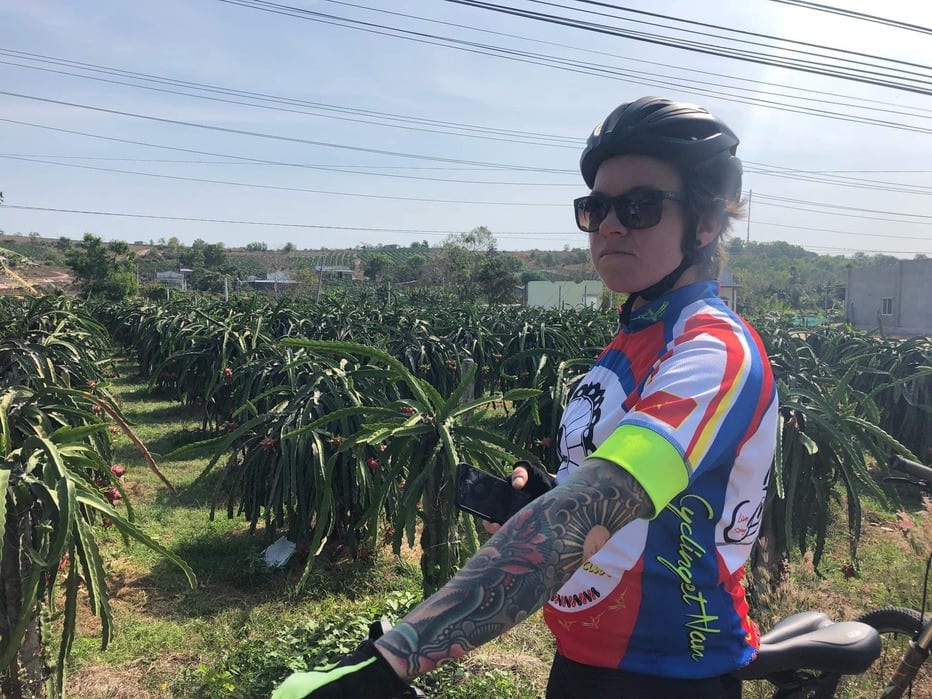
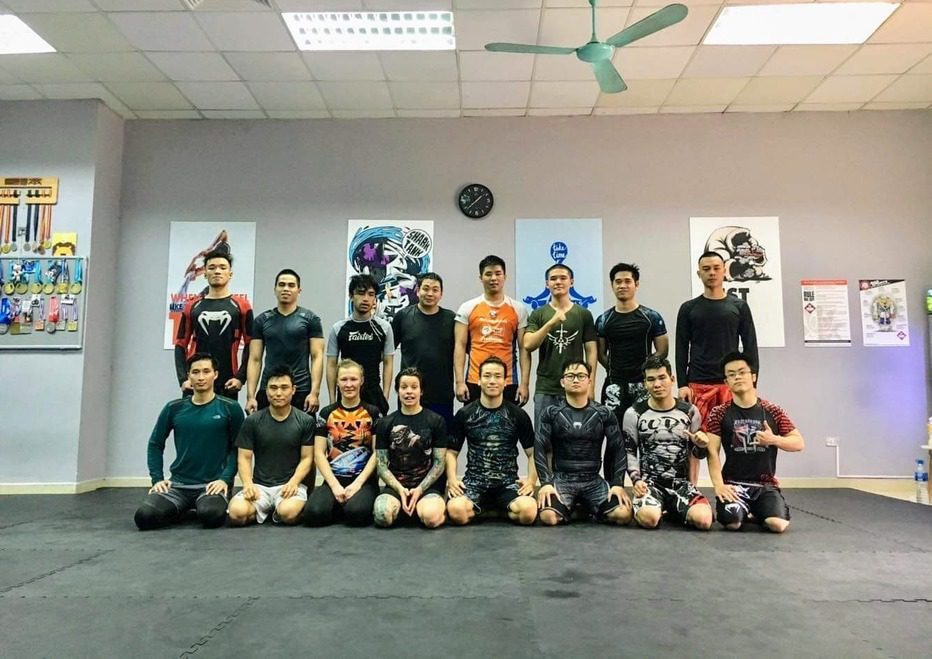
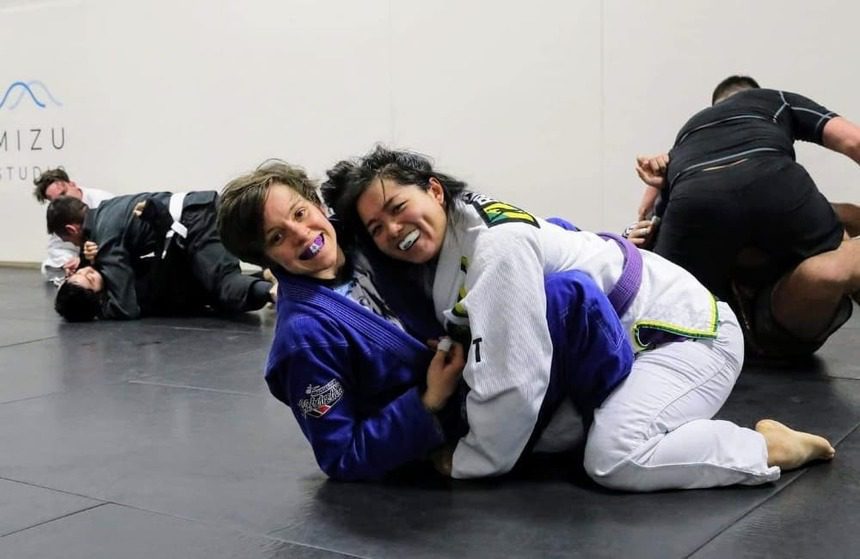
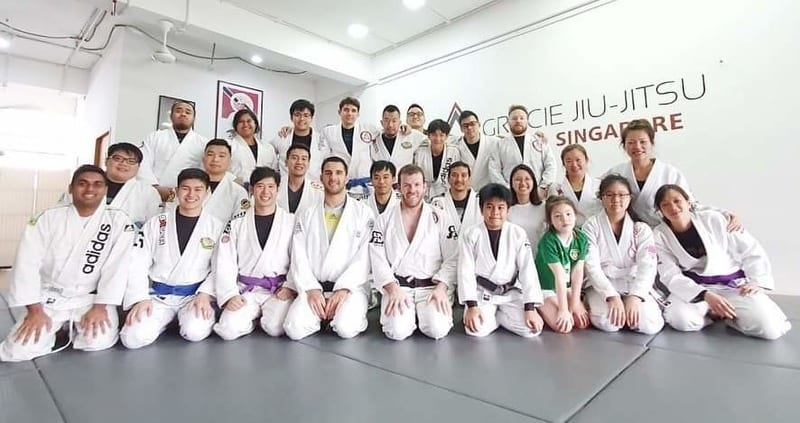
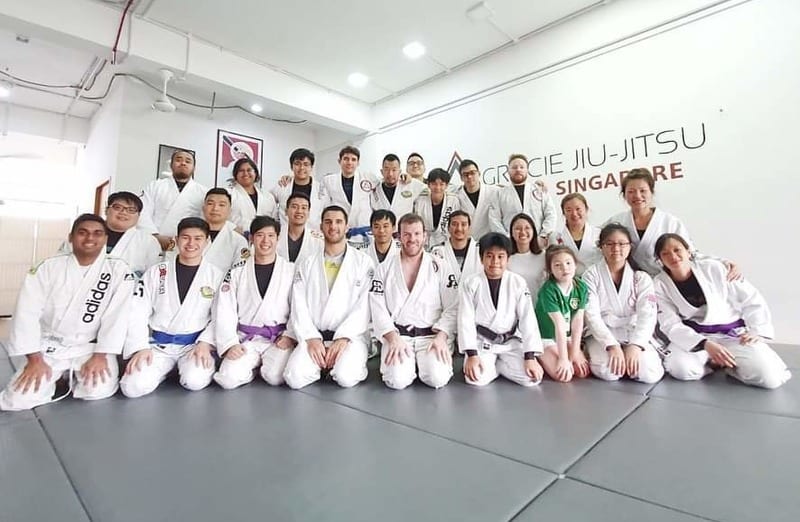
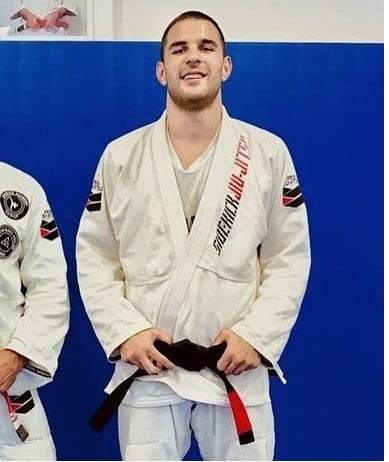

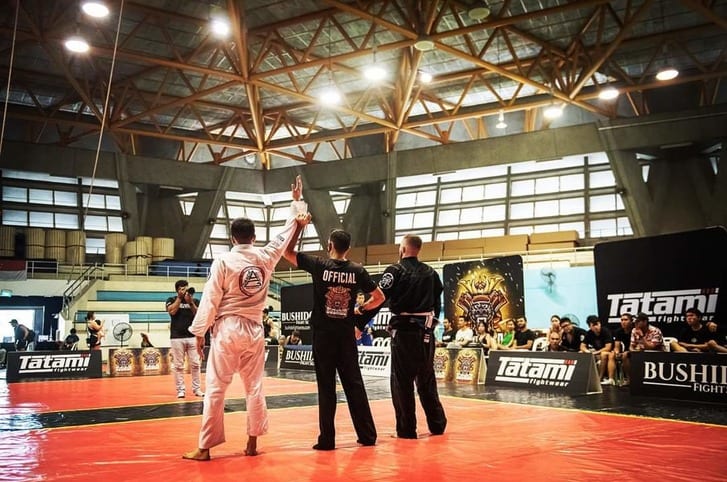
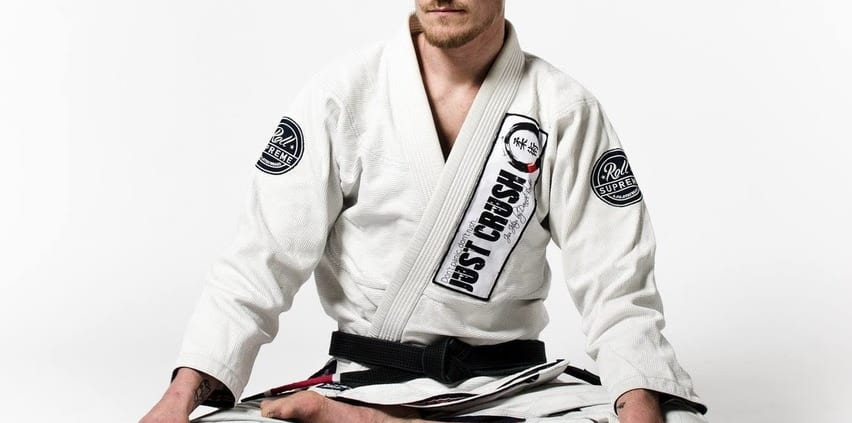
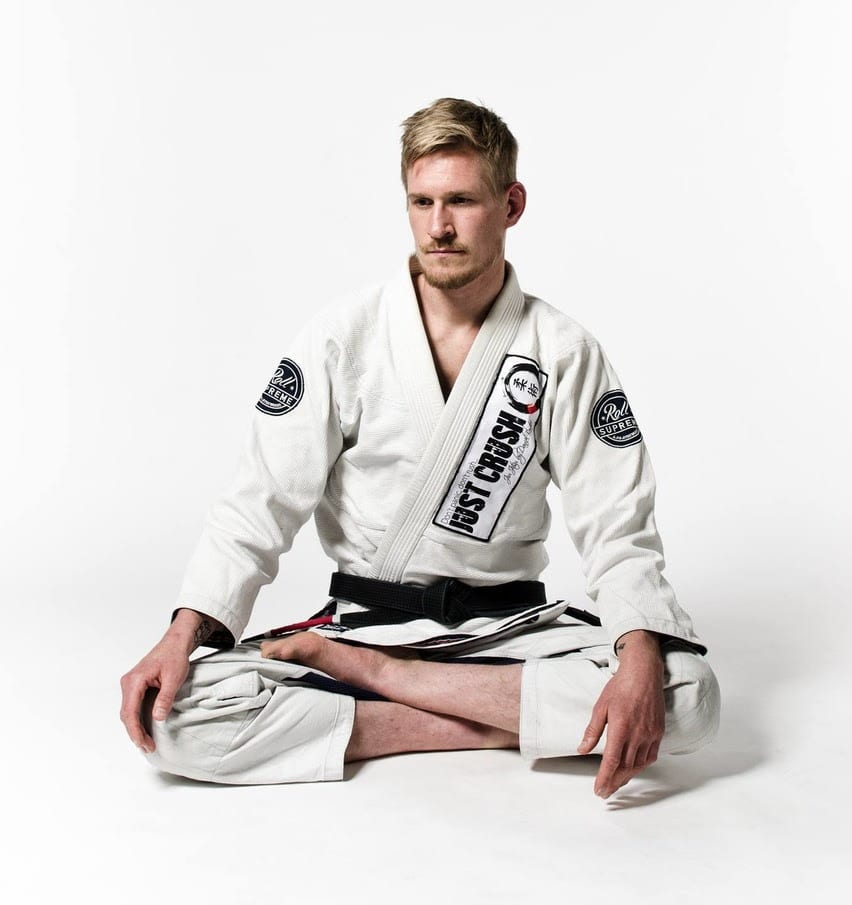 Daniël Bertina BJJ – Photo by Kevin Kwee
Daniël Bertina BJJ – Photo by Kevin Kwee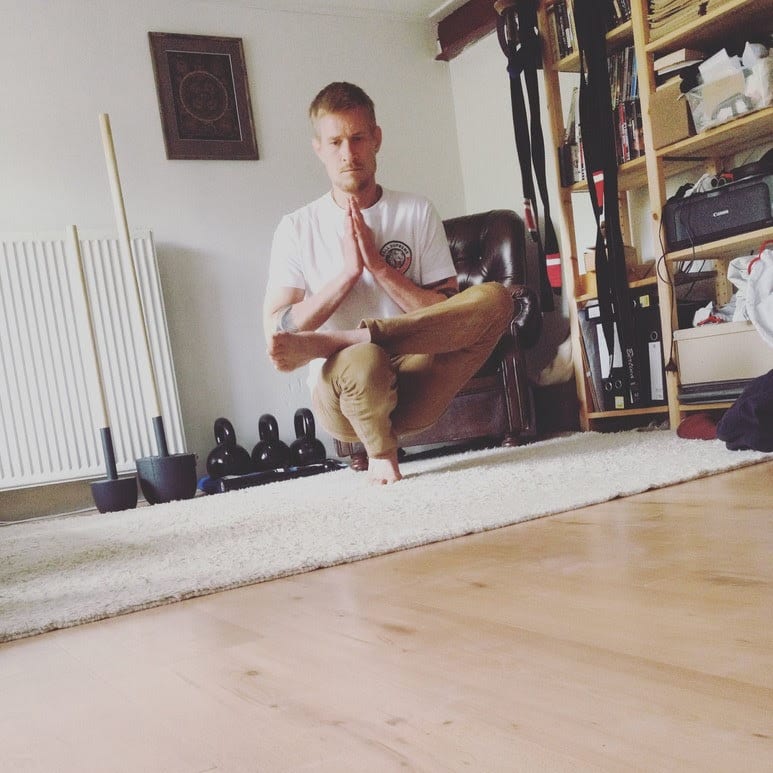
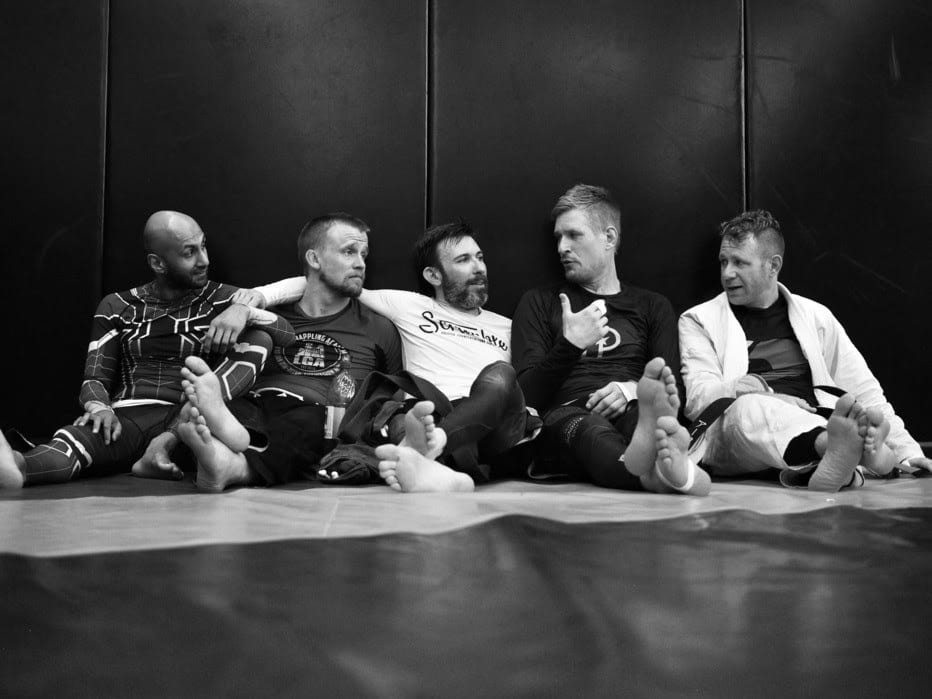 Photo by
Photo by 